
C-Reactive protein is one of the proteins made by the liver and the level deviates from the normal when there is any inflammation or infection in the body.
Read more
The AMH test or Anti-Mullerian Hormone test, is one of the important tests used to evaluate the reproductive health in women. The test is very crucial in determining the remaining quantity of eggs in the ovaries.
Read more
VDRL is the short form of Venereal Disease Research Laboratory test and is widely used test to detect the abnormalities related to STD’s and syphilis. The test is used to detect the infection caused by the bacterium...
Read more
In this blog, we will discuss about blood pressure, its causes, types and tests used for the detection. We will also discuss some questions related to the blood pressure.
Read more
Red blood cells are an important type of cell present in the blood and are responsible for carrying oxygen. If there is any deficiency in the RBC count, this leads to a deficiency of oxygen, which leads to anemia.
Read more
Overview Food poisoning is a sickness that occurs from consuming unhygienic or contaminated food and food items or beverages. Food poisoning occurs due to the various types of pathogens like toxins, chemicals, viruses and...
Read more
alaria is a very deadly disease and common during the monsoon seasons in most parts of Asia and Africa. This disease is more prevalent in subtropical countries and developing countries where there are less hygienic living...
Read more
Typhoid occurs due to poor sanitation to consuming contaminated water.The bacteria responsible for this disease are Salmonella enterica serotype Typhi.
Read more
Tuberculosis, also known as TB in short, is an infectious disease that affects the lungs. The other body parts include the spine, kidneys, the brain and lymph nodes.
Read more
The SGOT test is one of the critical tests used to look for the health of the liver and its related diseases. SGOT is the short form of Serum Glutamic-Oxaloacetic Transaminase.
Read more
A PCR test is the short form of polymerase chain reaction, which is a laboratory method to look for diseases and abnormalities. This Test is genetic-based, so a small fragment of DNA of choice is amplified various times using...
Read more.png)
The SGPT test is also known as the ALT test or Alanine Aminotransferase test. This enzyme test is present in the blood and is used to look for the health of the liver.
Read more
मीन कॉर्पसकुलर हीमोग्लोबिन या MCH, एक नियमित रक्त परीक्षण पर एक मान है जिसे पूर्ण रक्त...
Read more
Liver test is used to assess the condition of the liver and its byproducts used for various processes in the body. The liver has dual functions, which act as the storage source of glucose and help to clean the impure blood.
Read more
Meta title: Erythrocyte Sedimentation (ESR) Test: Symptoms and Results Meta des: The ESR test checks how instantly red blood cells settle at the bottom of a test tube. A faster rate may indicate inflammation or infection in...
Read more
The global pandemic brought massive lifestyle shifts, making health and safety top priorities. One of the most valuable innovations to emerge in healthcare is blood sample collection at home.
Read more
Renal function test consists of a group of tests used to look for kidney health and its abnormalities. This test is used to measure the various levels of blood, urine, and other important parameters that are important for the...
Read more
The thyroid test is a blood test used to evaluate the functionality of the thyroid gland, which is responsible for various functions in the body.
Read more
A CBC test checks overall health by measuring red cells, white cells, hemoglobin, and platelets. It helps to find infections, anemia, and more. Normal ranges vary.
Read more
CRP blood test detects inflammation in your whole body, helping detect infections or chronic diseases. It's affordable, and the results are usually quick and easy to understand.
Read more
आज की बदलती जीवनशैली और बढ़ते संक्रमण के मामलों के बीच यह जरूरी हो गया है कि हम समझें कि...
Read more
PCOD is a hormonal disorder causing irregular periअगर आप जानना चाहते हैं कि वास्तव में PCOD kya hota hai, तो यह लेख आपके लिए है,...
Read more
SGPT is the short form of Serum Glutamic Pyruvic Transaminase is a test used to check the level of this enzyme in the blood sample. This test is also known as the ALT test (Alanine Aminotransferase).
Read more
आज की भागदौड़ भरी जिंदगी में जब खानपान असंतुलित हो गया है, तब Triglycerides kya hota hai यह जानना बेहद...
Read more
इस लेख मैं हम ब्लड टेस्ट से जुडी कई चीज़ो के बारे में जानेंगे जैसे की ब्लड टेस्ट होता...
Read more
In this article, we will discuss kidney stone ultrasound and its price in Delhi NCR.
Read more
In this article, we will learn about the normal range of epithelial cells that can be present in urine. Also, we will discuss some health conditions that can persist due to an abnormal rise in the levels of epithelial cells in...
Read more
Anti Mullerian Hormone is one of the Hormones that are responsible for Fertility, This hormone acts as a key indicator of fertility in women, the level of this hormone can help a woman decide whether she can conceive or not...
Read more
आइए इस लेख में मवाद कोशिकाओं के बारे में चर्चा करें। मवाद कोशिकाएं क्या हैं, वे मूत्र...
Read more
Pregnancy is one of the most exciting journeys for expecting parents. However, as the foetus grows there are certain health risks for which the mother and child b may be affected. To counter this medical professionals have...
Read more
Understand the CRP normal ranges and know how you can control your CRP levels to manage health conditions. In this article, we will talk about CRP levels normally, COVID-19 patient's CRP levels, and measure how you can...
Read more
About Ninety-nine percent of the fat that your body stores are in general made up of lipids called the triglycerides. It is made of the 3 fatty acid groups and the compound glycerol. In order to understand the High Levels of...
Read more
RBC Antibodies are the proteins produced by immune system response to foreign red blood cells. These antibodies are not harmful, but it will cause problems during blood transfusion and a pregnant woman with unborn baby.
Read more
Pneumonia is an infection of the pulmonary parenchyma. Despite being the cause of significant morbidity and mortality, it can be often misdiagnosed, mistreated and underestimated.
Read more
Anemia is defined as an issue that arises when there are not enough healthy red RBCs or even hemoglobin that would be responsible to carry one’s oxygen to the body's tissues.
Read more
COPD is defined as an obstructive pulmonary disease, characterized by persistent respiratory symptoms and airflow limitation that would not be fully reversible.
Read more
Hypertension (high blood pressure) is defined when pressure in the blood vessels are very high (140/90 mmHg or even higher). There has been a significant genetic component to Hypertension. The heritability of...
Read more
The BERA (Brain Evoked Response Audiometry) test is a diagnostic test that is used to evaluate the hearing ability of an individual by measuring the brainstem’s electrical response to sound stimuli. This test is also...
Read more
It is a butterfly-shaped (endocrine) gland that is located in the lower front of the person’s neck.
Read more Test at Home.webp)
ANA or anti-nuclear antibodies are auto-antibodies that are produced against the components or constituents of the cellular nucleus. This happens when the immune system mistakenly identifies self-antigens as foreign antigens.
Read more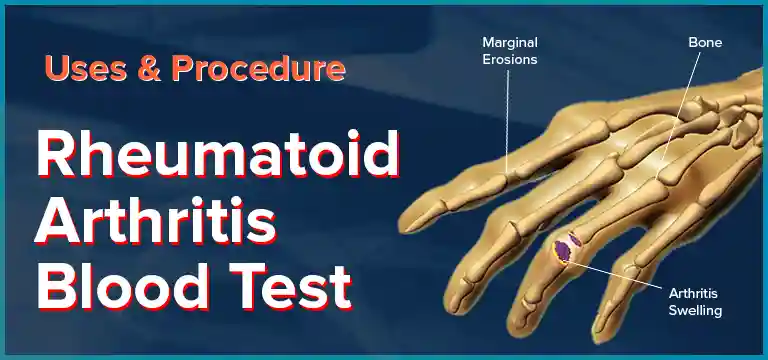
Rheumatoid arthritis is a chronic auto-immune disease. It is a multi-system disorder primarily affecting the joints. Pain, inflammation and stiffness of the joints are the common presentations.
Read more
Ketones, also known as ketone bodies are chemicals substances that are produced by the liver when there is short supply of glucose or glucose is not readily available. It is utilised by the peripheral tissues as an alternative...
Read more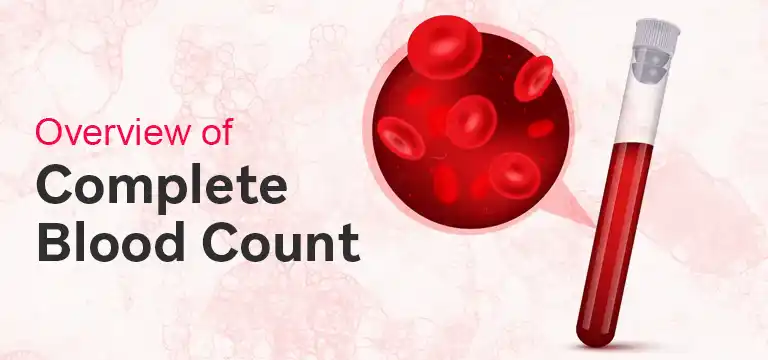
The complete blood count or popularly called (CBC) is a laboratory blood test performed either at a diagnostic centre or even at home. Its purpose is to give an overview of overall health and well being of the individual.
Read more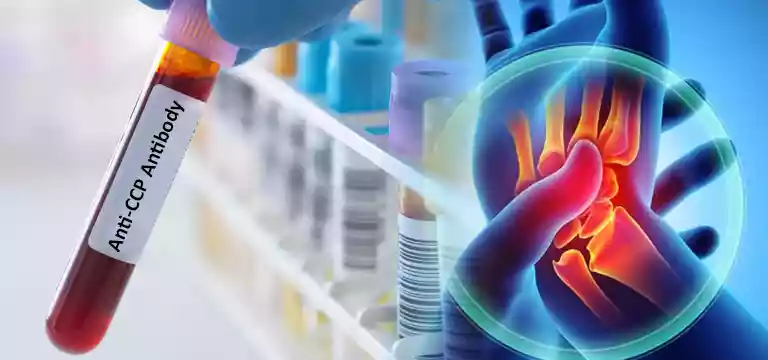
Rheumatoid arthritis (RA) is a chronic auto-immune disease. It is a multisystem disorder involving the skin, heart, lungs, eyes, nerves, blood vessels and blood cells but primarily affect the joints.
Read more
Stool routine examination is the analysis of fecal matter in order to identify an underlying cause of gastrointestinal disorders, infections, poor absorption of nutrients, or any other medical condition such as cancer of...
Read more
Fever panel usually includes blood tests for which blood sample is collected. But sometimes, urinalysis is also done as a part of fever panel to screen for Urinary Tract Infections. The number and types of tests included in...
Read more.webp)
Kidney Function Tests include a series of biochemical serological tests which aim to examine substances that act as biomarkers in blood for kidney function and health. KFT measures the efficiency of kidneys in eliminating...
Read more
Jaundice is defined as yellowish discoloration of the skin, mucous membrane and sclera. This is due to the high level of bilirubin in the serum/blood. Bilirubin is a yellowish-orange pigment that is produced by the breakdown...
Read more.webp)
A hysterosalpingogram (HSG) is also known as a Tube Test. It is an X-ray dye test, which helps in diagnosing fertility-related problems in women. With the help of a Tube Test, the doctor can study the reproductive anatomy of a...
Read more
A Phenytoin test is conducted to get a measure of the amount of Phenytoin in the blood. So, what is Phenytoin? It is a drug used to treat certain seizure disorders (also called epilepsy). As a result of seizure disorders the...
Read more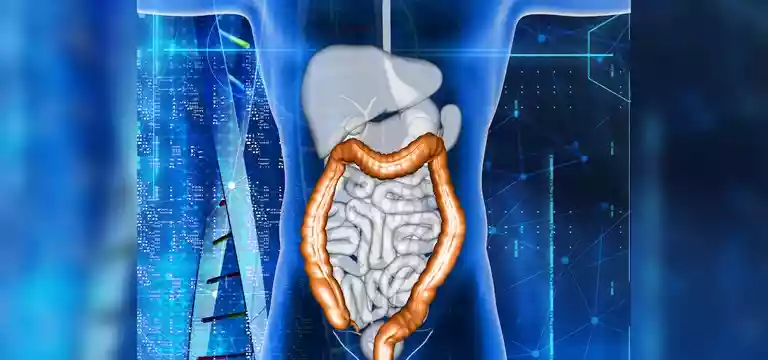
Amylase and lipase tests are used to detect two important digestive enzymes in our bloodstream. When there is an abnormal level it indicates the individual has a medical ailment such as pancreatitis or an issue with the...
Read more
Acid fast bacteria retain the stain even after washing with acid, hence confirming the presence of acid fast bacilli such as Mycobacterium.
Read more
IDH-1 test is used for the identification and evaluation of mutations in the IDH-1 gene that produces IDH-1 enzyme. IDH-1 test analyses the IDH status by either immunohistochemistry of mutated protein or DNA based techniques...
Read more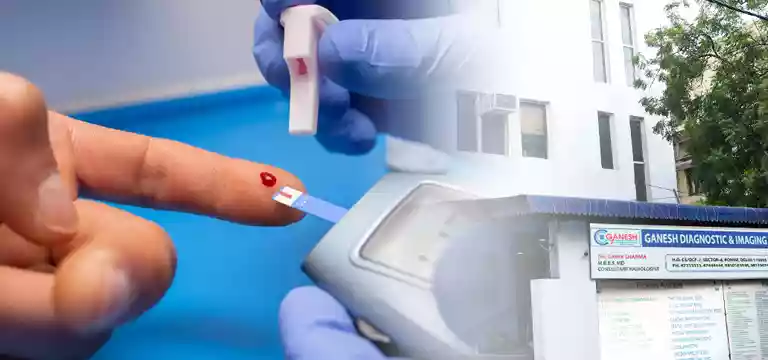
Insulin is an endocrine hormone produced and released by the endocrine pancreas (Beta cells). Insulin is secreted in response to carbohydrates present in your diet. It facilitates the transport of glucose from the bloodstream...
Read more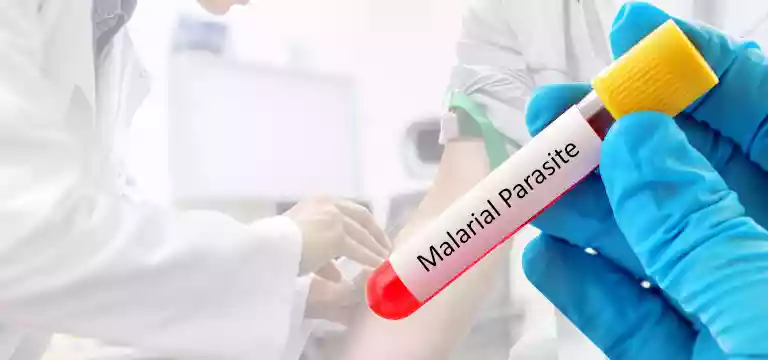
Malaria still continues to pose a major public health problem in India, especially due to plasmodium falciparum. Malaria shows seasonal variations with increased intensity in rainy seasons. Usually, malaria presents as febrile...
Read more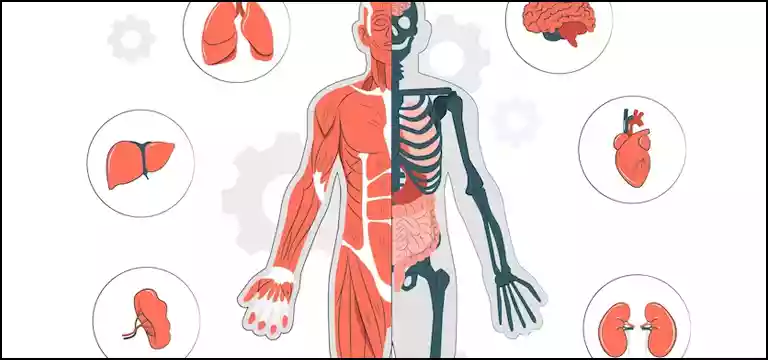
The purpose of the Tacrolimus test is to measure the concentration of tacrolimus in a person’s blood. Tacrolimus is an immunosuppressive medication administered orally or intravenously to people who have undergone organ...
Read more.webp)
Antibodies, which are an integral part of our immune system, help us in fighting germs. However, they are also susceptible to committing mistakes that can cost us dearly. At times, antibodies mistake our body’s healthy...
Read more
People with ABPA sometimes may develop bronchiectasis, which is a form of airway damage. It may snowball into deteriorating lung function with a high risk of infection. People who suffer from lung diseases are also susceptible...
Read moreIndirect Coombs Test is used to detect, antibodies against Red Blood Cells (RBCs) that are unbound and present in serum. For this purpose, native RBCs are removed from the blood and foreign RBCs are added, antigenicity of...
Read more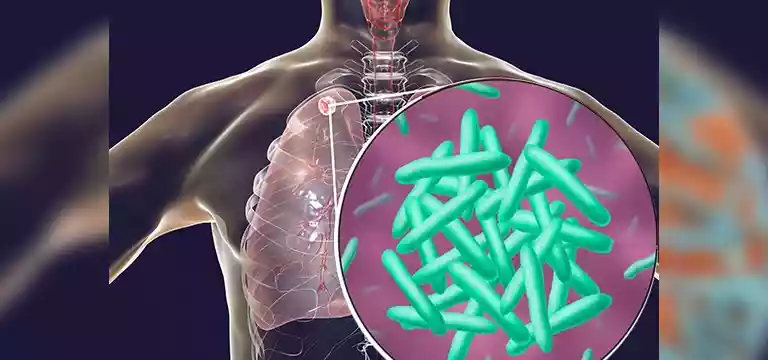
CBNAAT stands for Cartridge Based Nucleic Acid Amplification Test. It is a qualitative, automated and rapid molecular assay. A different cartridge will be used for each test. CBNAAT machines are available in different sizes...
Read more
These tests are done to assess the functioning and health of liver. Various components of blood are analyzed in order to test the functioning of liver, such as enzymes, proteins, and metabolites.
Read more
Syphilis is a sexually transmitted disease (STD). It is caused by the bacteria Treponema palladium (spirochete) which usually spreads through sexual contact. However, it can also be transmitted from mother to the unborn baby....
Read more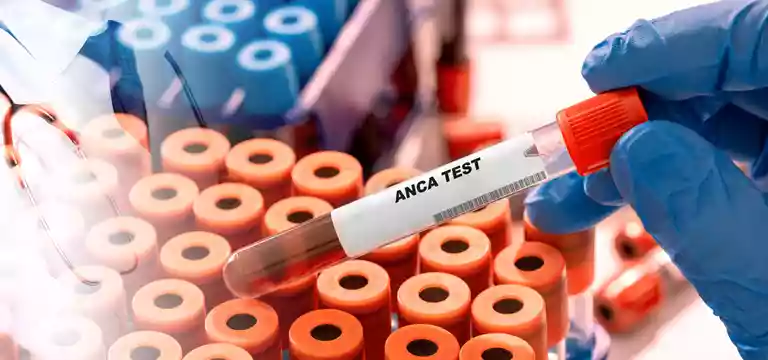
ANCAs, short for antineutrophil cytoplasmic antibodies, are a kind of autoantibody. They are the opposite of antibodies, which the immune system produces to fight germs. ANCA autoantibodies attack the healthy tissues in our...
Read more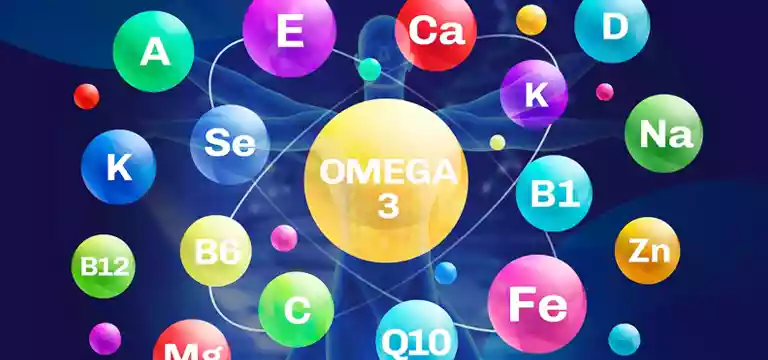
Iron is required by the body for the synthesis of hemoglobin present in RBCs. Hemoglobin transports oxygen from lungs to all parts of the body, hence it is important.
Read more
The purpose of the estradiol (E2) test is to measure the levels of the hormone E2 present in an individual's blood. E2 is one of the four types of estrogen produced primarily by the ovaries. However, at the same time,...
Read more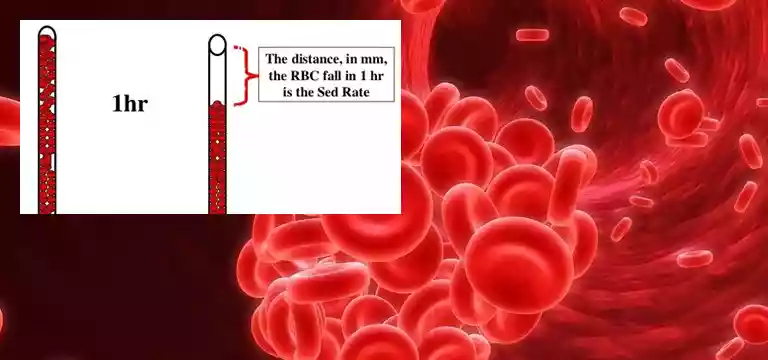
ESR or erythrocyte sedimentation rate is a blood test that can predict if there is any inflammation in the body. Inflammation in the body takes place as a response from the immune system against injury, infection, and several...
Read more
AIDS is chronic and there is no cure for AIDS. AIDS is progressive and fatal too. However, treatment with certain drugs can prevent the development of AIDS due to HIV infection.
Read more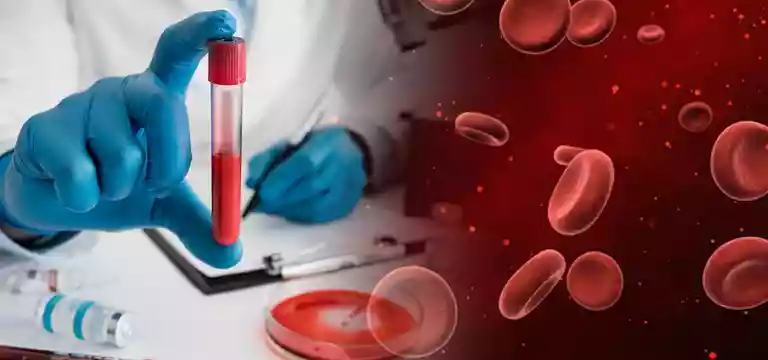
So, what are antibodies? They are proteins produced by our immune system to combat viruses, bacteria, and other germs. However, even our immune system can falter and mistake parts of our own body for foreign invaders. Then it...
Read more
TORCH test is also known as TORCH screen or TORCH panel. It is a group of tests that are used for screening and identification of TORCH syndrome or TORCH infections in a pregnant woman.
Read more
During pregnancy, the developing baby is surrounded by a fluid called amniotic fluid, which resembles much like water. Amniotic fluid has much value and contains live fetal cells and various other things, including...
Read more
Culture test is an advance diagnostic test that is used for the identification of causative organisms of various diseases. It is usually clubbed with the antibiotic sensitivity test to check the antibiotic susceptibility of...
Read more
Have you been asked for a urine test by your doctor during a regular or a specific health check-up? However, do you know the purpose why a urine analysis is done and what conditions it is advised for? If no, then this...
Read more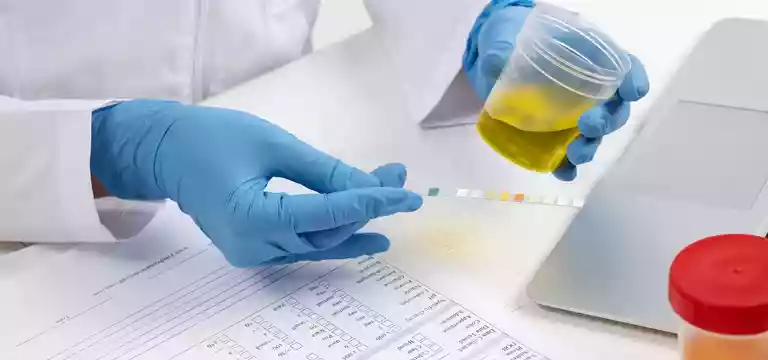
This test helps in the assessment of the amount of protein getting excreted in the urine. In normal conditions, kidneys only filter out waste substances into the urine, not proteins. Proteins are absent in urine under normal...
Read more
PET or positron emission tomography scan is a very helpful imaging diagnostic modality that offers great insight into the metabolic or biochemical function of the tissues and organs of a human body. A PET scan shows both...
Read more
NABH or National Accreditation Board for Hospitals & Healthcare Providers is a constituent board of the Quality Council of India, which was mainly formed to establish and operate accreditation programs for healthcare...
Read more
Blood tests are the test to analyse the constituents of the blood and keep track of health of a human body. They are done to manage numerous medical conditions like high cholesterol and diabetes. They can be performed as...
Read more.webp)
C-reactive protein also known as CRP is a pentameric protein synthesized by the liver and released into the bloodstream. It is an acute phase reactant and its circulating levels rise in response to inflammatory conditions of...
Read more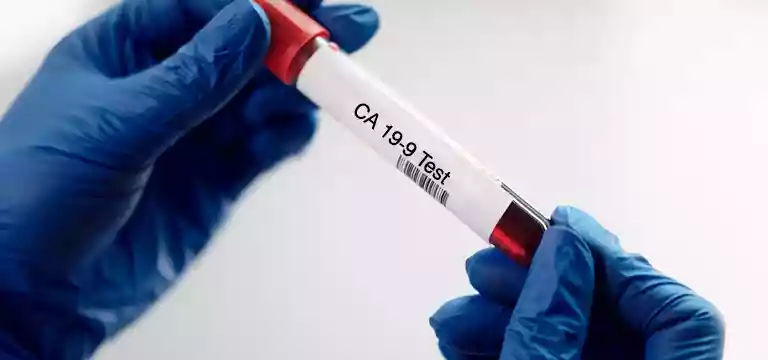
CA19-9 is also known as carbohydrate antigen or cancer antigen or sialyl-Lewis antigen. It is a tetra-saccharide compound produced by the cancer cells or even normal cells in response to certain cancers especially pancreatic...
Read more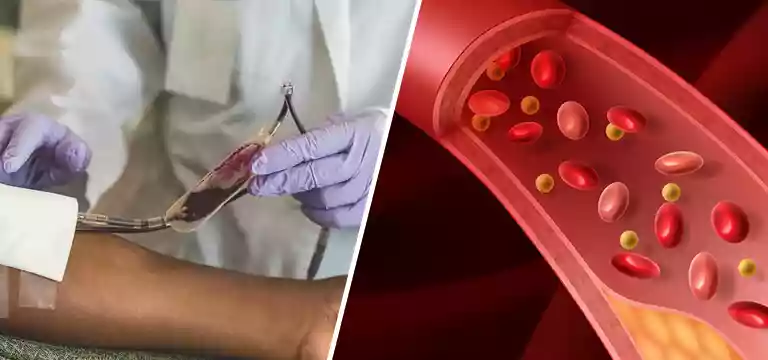
G6PD is a crucial enzyme or protein that is responsible for regulating several biochemical functions in the human body. Apart from that, G6PD keeps the RBC (red blood cells) in a healthy state ensuring that they function at an...
Read more.webp)
Thalassemia is a hemolytic disorder i.e. it is related to blood. Thalassemia is caused by abnormalities in synthesis of chains of hemoglobin, hence, Thalassemia result in synthesis of abnormal hemoglobin in RBCs. Thalassemia...
Read more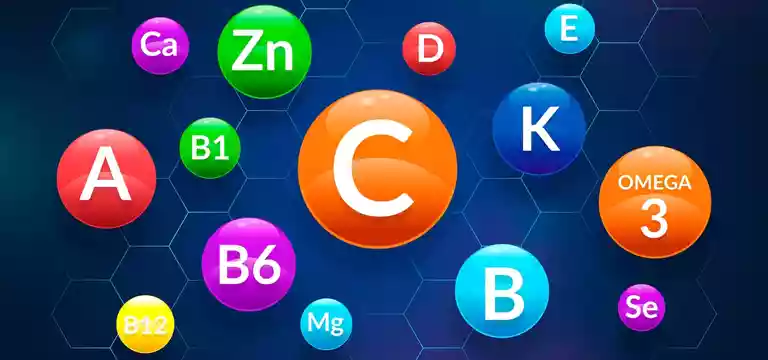
For our bodies to function properly, we need nutrients in adequate quantity, of which vitamins form an essential part. We get our vitamins from diet or supplements. Any deficiency in the vitamin level can spell trouble for...
Read more
In fetus, both sets of ducts are present: Mullerian ducts as well as Wollfian ducts. Anti Mullerian Hormone and Testosterone are secreted by testes in fetus having XY chromosomes. The cumulative effect of AMH and testosterone...
Read more.webp)
SHBG test is done to estimate the amount of SHBG in blood. The more is the level of SHBG in blood, lesser would be the bioavailability of testosterone, estradiol (estrogen) and dihydrotestosterone (DHT).
Read more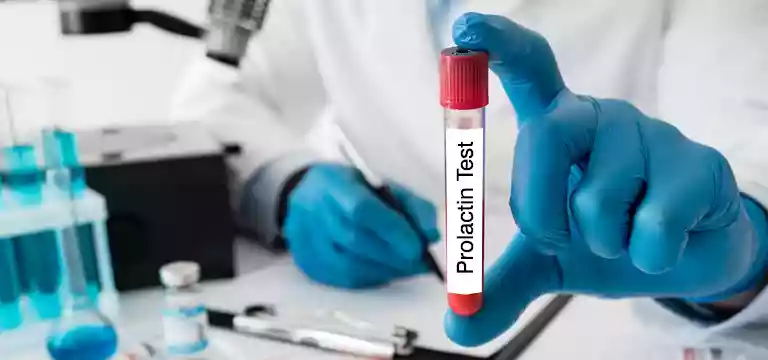
It is a peptide hormone and its secretion is regulated by the hypothalamus, although the hypothalamus exhibits only inhibitory control over the prolactin hormone through the release of prolactin inhibitory hormone (also known...
Read more
Tuberculosis is considered one of the most severe diseases, and at present it is getting more communicable. A tuberculosis blood test, also called an interferon gamma release assay, helps you find out the TB germs present in...
Read more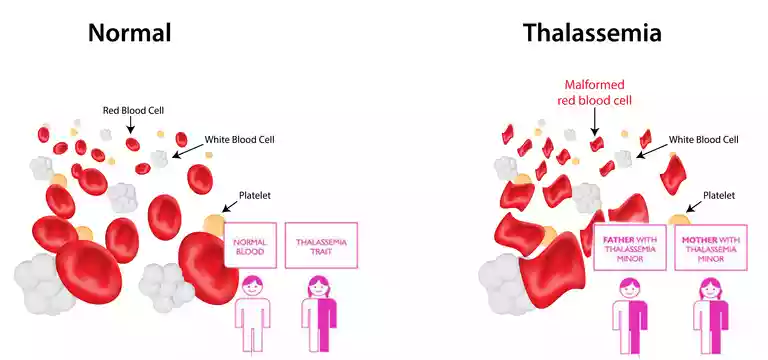
A blood test can be done at any time to find out about the thalassemia trait in your body and the risk to your child in India. This also leads to genetic disease, which can be treated after the thalassemia trait test.
Read more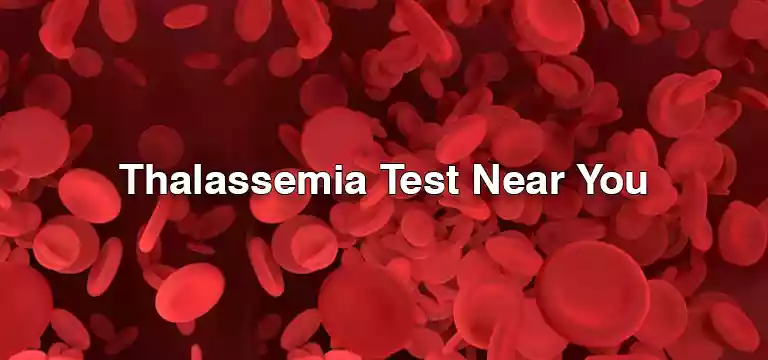
Thalassemia profile tests are prescribed to people who are at risk of genetic disorders in their spring. This is a group of blood disorders, and the profile tests always help to determine what is causing them.
Read more.webp)
The thalassemia profile is a diagnostic test that is basically performed to determine the thalassemia profile. Any couple should definitely go with this test to ensure the status of thalassemia. If any of them get minor...
Read more.webp)
A Pap test is a test carried out on a sample of cells from the cervix to check for abnormalities that may be linked to cervical cancer and its treatment. It is a method of cervical screening that used in order to identify the...
Read more
Urinalysis- this term refers to diagnostic tests which involve analysis of urine sample to check various aspects such as physical examination by observing visual characteristics, chemical examination by using test strips, and...
Read more
Vitamin B12 also known as cobalamin or cyanocobalamin is a water-soluble vitamin and is a component of B-complex vitamins. Foods of animal origin are the natural sources of vitamin B12 such as meat, fish, eggs, poultry, cheese...
Read more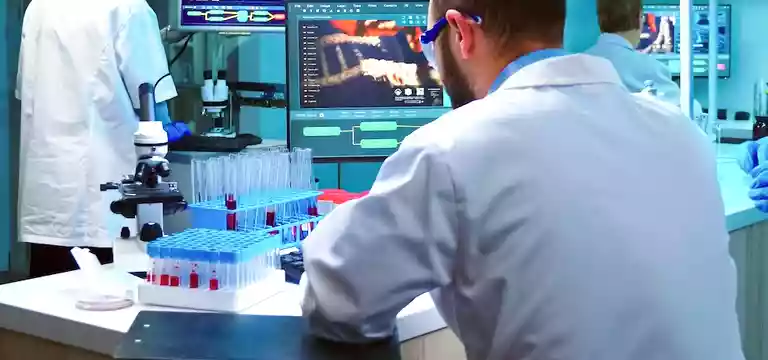
Ganesh lab provides you up to 50% off on various scans service like digital x-ray, CT scan, PET scan, ultrasound scan and various other services. you can find out are location at your nearby areas as we are having our...
Read more
A liver function test is basically an affordable group of blood tests that are used to check how well the liver is performing its functions. If we basically talk about the functioning of the liver, then the major functions of...
Read more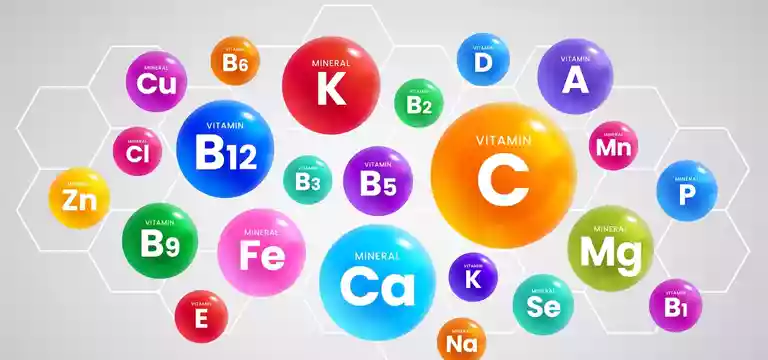
A vitamin profile test also known as vitamin blood test panel is an advanced blood test that is used for the screening, identification and diagnosis of vitamin deficiency or toxicity in your body.
Read more
Widal test is a serological test, more appropriately an indirect agglutination test used for the diagnosis of Typhoid fever caused by the bacteria Salmonella typhi. It is used for the detection of antibodies that are produced...
Read more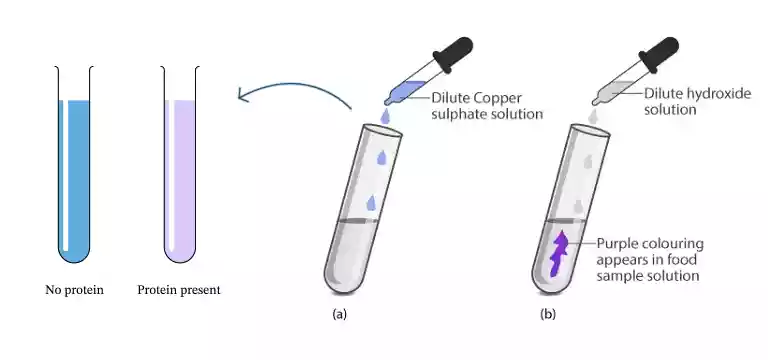
Proteins are the building blocks in the human body for many organs, hormones, and enzymes. They are necessary for our body's growth and development. Proteins are very crucial for maintaining the overall health of a human...
Read more
HbA1c is also known as glycated hemoglobin or glycohemoglobin or simply hemoglobin A1c. It is type of hemoglobin where sugar in the blood stream get linked to hemoglobin non-enzymatically.
Read more
Male hormones are very important to carry out a host of body functions including a healthy sex life and fertility. For example, hormones like LH and FSH are crucial in producing sperm and making testosterone in the male...
Read moreBicarbonate is a form of CO2 present in blood. CO2 is released in the blood as a byproduct of metabolic processes taking place in the cells. CO2 occurs in the form of HCO3- in the blood. Bicarbonate dissolved in blood is...
Read moreErythrocytes are red blood cells in blood (RBCs). Rate of sedimentation of erythrocytes is a measure of how fast red blood cells separate from rest of the blood. The settling down of red blood cells in a tube (Westergren tube)...
Read moreOGTT test stands for Oral Glucose Tolerance Test. It is a type of blood test that is commonly used for the diagnosis of diabetes mellitus and some other conditions. In this test, a fasting blood sample is taken first and then...
Read moreHIV tests are conducted to investigate the presence of the human immunodeficiency virus in the human body. This virus leads to or causes acquired immunodeficiency syndrome and can be present in serum, saliva, or urine. These...
Read more
Dengue is a mosquito-borne viral disease that spreads into the population through mosquito bite. The mosquito that spreads dengue is female Aedes aegypti. The virus that causes dengue is dengue virus (DENV).
Read more
In normal conditions, Troponin I and Troponin T levels in blood are negligible. Troponin I and Troponin T are a part of healthy muscles in heart. But in case of damage to cardiac muscles, these troponins are released into...
Read more
The anticoagulant test, also understood as a coagulation test or clotting test, is a medical test utilized to evaluate the clotting proficiency of a person's blood. It estimates the time it takes for blood to clot in order...
Read more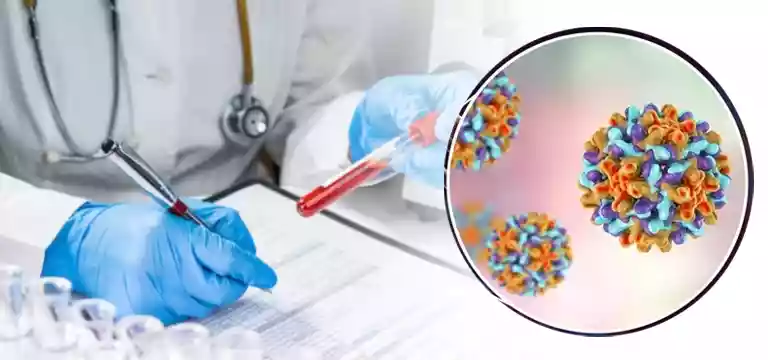
Inflammation of the liver is the primary symptom of hepatitis C, an infectious disease that is brought on by a virus and caused by the disease. Hepatitis C can develop into a more serious form of the disease if treatment is...
Read more
This is just a screening test, to evaluate risk of having chromosomal abnormalities in baby. To confirm the type of chromosomal abnormality further diagnosis such as amniocentesis or chorionic villi sampling is required.
Read more
When monsoon comes, it is a huge relief from the sweltering heat of the summers and people enjoy it every year. There is joy in the air with the rains. Yet, there is also a disadvantage to it, because the rains also bring with...
Read more
Thyroid Peroxidase enzyme plays a crucial role in production of Thyroid hormones. Thyroid gland uses iodine, Thyroid Peroxidase enzyme helps thyroid gland in this, and then thyroid gland produces hormones such as T3/...
Read more
The DLC, the short form of Differential Leukocyte Count is a measurement of the percentage of different WBC types in the blood. With the help of the DLC test we come to know about the presence of immature WBCs. Their presence...
Read more
Cholesterol, which appears like a waxy, fat-like substance, is found in all the cells of the human body. Our bodies need some amount of cholesterol to make vitamin D, hormones, and substances that assist in our digestion.
Read more
IgE, an acronym for Immunoglobulin E, is an antibody produced by the immune system in response to allergens like Aspergillus. When exposed to Aspergillus, the body may release IgE, leading to symptoms such as sneezing,...
Read more
Through several studies conducted, it is found that there not one but multiple factors that contribute to occurrence of PCOD in females.
Read more
Thyroid gland is an important endocrine gland, which performs several functions in the body and affects the activity of almost all organs.
Read more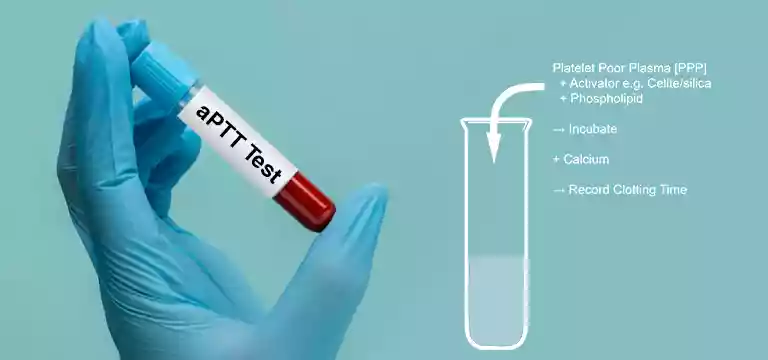
Ganesh Diagnostic and Imaging Centre have NABH an NABL Accreditations which serve as the proof of their excellent service and care provided to the patients as well as it reflects the competency of the labs.
Read more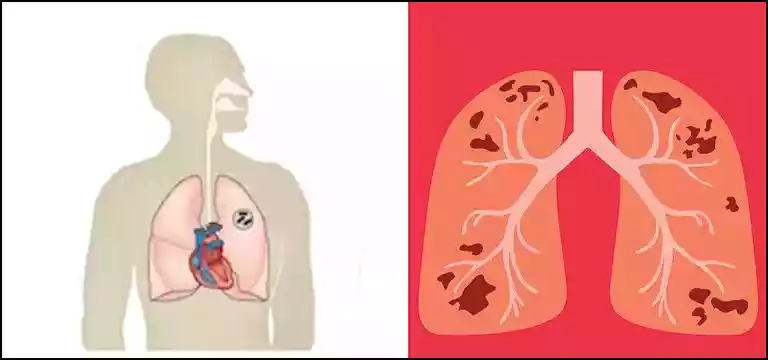
Welcome to Ganesh Diagnostics, your trusted destination for accurate and timely diagnostic services. As the leading diagnostic center in India, we specialize in detecting and diagnosing various medical conditions, including...
Read more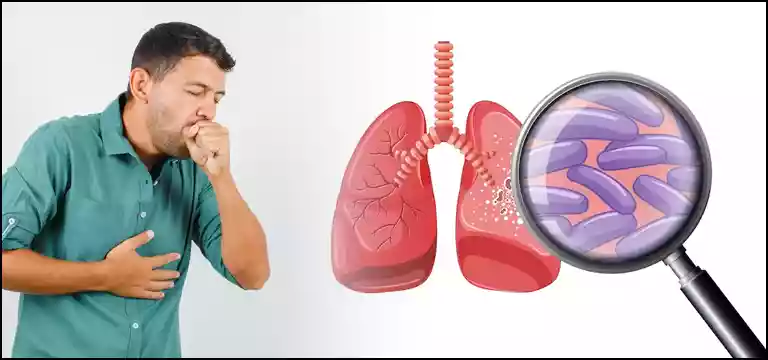
The incubation period refers to the time it takes for the tuberculosis bacteria to multiply and cause symptoms after initial infection. This period can vary from weeks to months, and during this time, the bacteria may remain...
Read more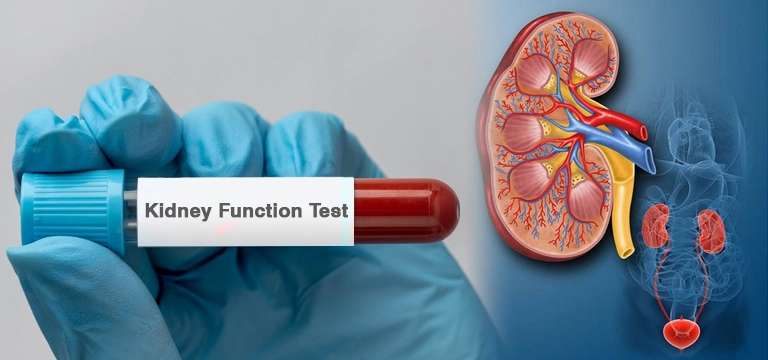
KFT, or Kidney Function Test, is a group of blood and urine tests used to assess the health and function of the kidneys. These tests help in evaluating the kidney's ability to filter waste products, balance electrolytes,...
Read more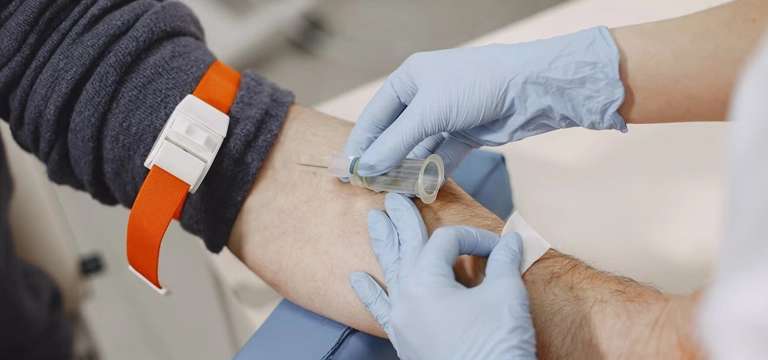
The CBC (Complete Blood Count) test is a common blood test that provides important information about a person's overall health and the components of their blood. It measures various aspects of the blood, including red...
Read more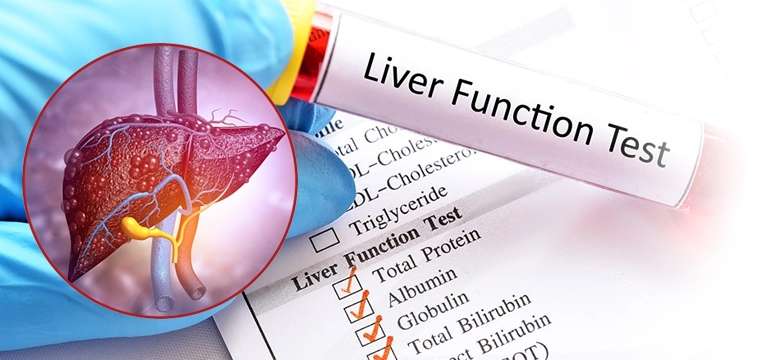
LFT stands for Liver Function Test, which is a diagnostic tool used to detect the presence of certain substances or biomarkers in a sample. LFTs are commonly used in medical, research, and industrial settings for various...
Read more.webp)
Low Dose Iodine Therapy, also known as LDI therapy, is a treatment approach used in certain medical conditions, particularly thyroid-related disorders. It involves the administration of a low dose of radioactive iodine,...
Read more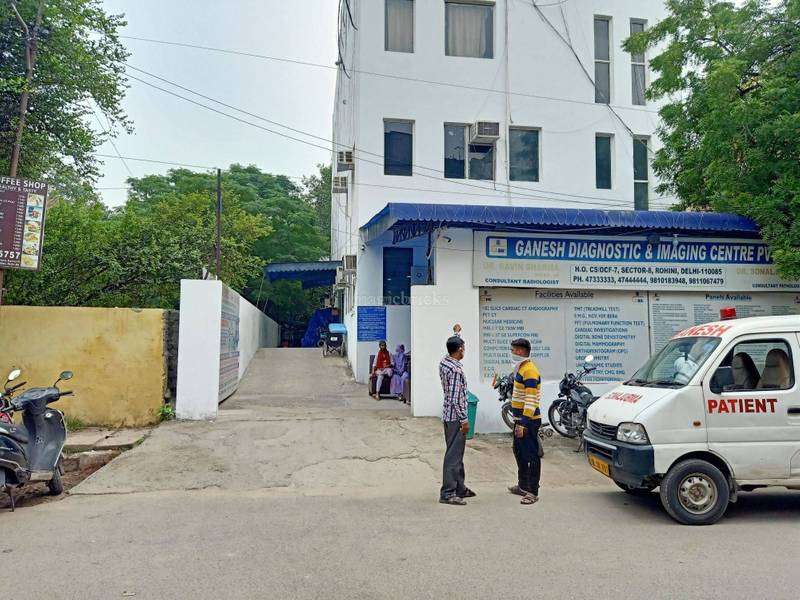
Everyone wishes to lead a healthy and disease-free life. When it comes to lab test, then the basic requirement is getting it done from the best blood testing laboratory with NABL certification. For a blood test pathology lab...
Read more
Obesity is a medical condition characterized by an excessive accumulation of body fat that poses a risk to a person's health. It is commonly defined by the body mass index (BMI), which is a measure of weight relative to...
Read more
Blood tests play a critical role in maintaining good health and identifying potential medical problems early. Regular Blood Tests can help people stay on top of their health and make informed decisions about their medical care.
Read more
To get a blood test done at Ganesh Diagnostics, you need to book an appointment online or visit the nearest Ganesh Diagnostics center. You can avail the home sample collection facility free of cost to get your blood check-up...
Read more
In Conclusion, Ganesh Diagnostic and Imaging Centre offer a convenient and reliable option for online blood tests for patients who need blood tests but are unable to visit a diagnostic center.
Read more.webp)
When it comes to health issues, time is critically important for early detection. The early detection of health problems can save you from life-threatening conditions. Being healthy nowadays means mental, physical, and social...
Read more.webp)
Ganesh Diagnostic and Imaging Centre has multiple centers across Delhi, making it easy for patients to access the services. Patients can book appointments 24x 7 and 365 days online on the website or by phone and can also...
Read more
Ganesh Diagnostic and Imaging Centre is the best blood investigation lab in Delhi that performs a variety of medical tests on blood samples to diagnose diseases and monitor a patient's health status. We are staffed...
Read more
Ganesh Diagnostic and Imaging Centre is considered among the top 10 pathology labs in Delhi, based on the accuracy, reliability, speed, cost-effectiveness, and range of tests and services we offer. Apart from these, the...
Read more
The reports of non-contrast computed tomography (NCCT) of the chest show detailed images of the chest, including the lungs, heart, blood vessels, bones, and soft tissues. The reports are typically generated by a radiologist or...
Read more.webp)
The charges for a blood test in Delhi can vary depending on the type of test and the laboratory or hospital where the test is conducted. Generally, the cost of a blood test in Delhi can range from around Rs. 200 to Rs. 5000 or...
Read more
Ganesh Diagnostic and Imaging Centre is the fastest growing medical test lab in Delhi. We offer a variety of medical tests that are performed on patient samples, such as blood, urine, tissue, and other bodily fluids. These...
Read more
For maintaining good health and preventing diseases, reliable pathology services play an important role. These services include various kinds of medical tests. Medical tests help the doctor diagnose health issues effectively...
Read more
A laboratory test is a medical procedure that involves analysing a sample of a person's blood, urine, stool, or other body fluid or tissue to provide information about their health. Laboratory tests are used to diagnose,...
Read more
Blood test plays an important role in an accurate diagnosis and proper management of health issues. Regular health check-ups aid in the timely detection of health issues. They can help focus on the health issues that need more...
Read more
A full body blood test is a blood test that measures different components of your blood to assess your overall health. It is a common medical test that can help diagnose a wide range of conditions, including infections,...
Read more
Ganesh Diagnostic and Imaging Centre is the best diagnostic and imaging center with a blood home sample collection facility in Delhi. We offer blood home sample collection services in Delhi NCR. This service allows patients to...
Read more
Ganesh Diagnostic and Imaging Centre is a leading NABL-accredited blood test lab in Delhi that offers a wide range of blood tests 24*7 and 365 days. The center has multiple branches in Delhi NCR and is known for its modern...
Read more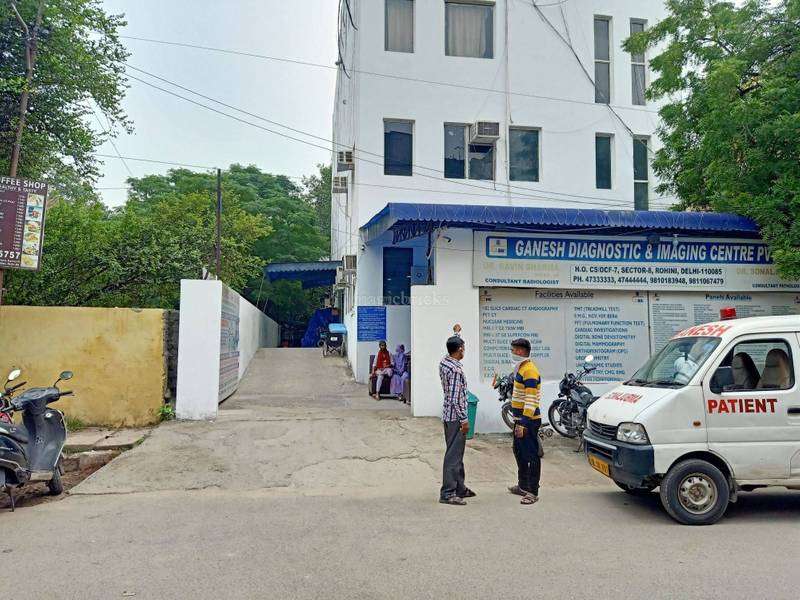
Ganesh Diagnostic and Imaging Centre has been accredited by the National Accreditation Board for Testing and Calibration Laboratories (NABL) for its clinical pathology testing services. The accreditation is a recognition of...
Read more
Inflammatory breast cancer (IBC) is an occasional and assertive variety of breast cancer that accounts for about 1-5% of all breast cancer cases. The phrase "inflammatory" is introduced as it regularly submits...
Read more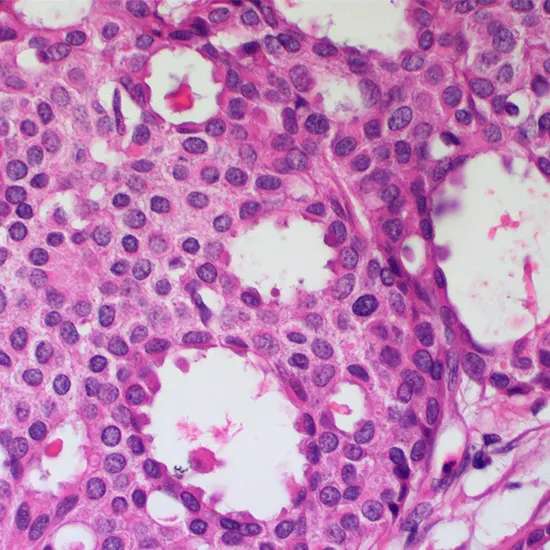
Invasive cribriform carcinoma of the breast (ICCB), moreover named intrusive cribriform carcinoma, may be an uncommon sort of breast cancer that accounts for 0.3% to 0.6% of all carcinomas (i.e. cancers that create from...
Read more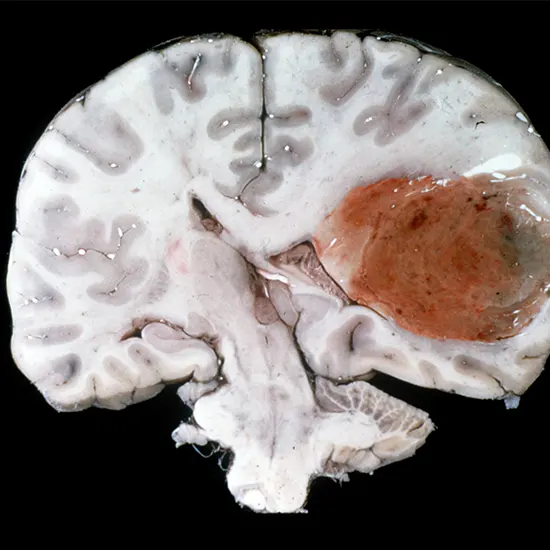
Glioblastoma (GBM) is a kind of most important brain tumour that is regarded as one of the most aggressive and lethal types of cancer. It is categorized as a grade IV astrocytoma and is responsible for about 15% of all...
Read more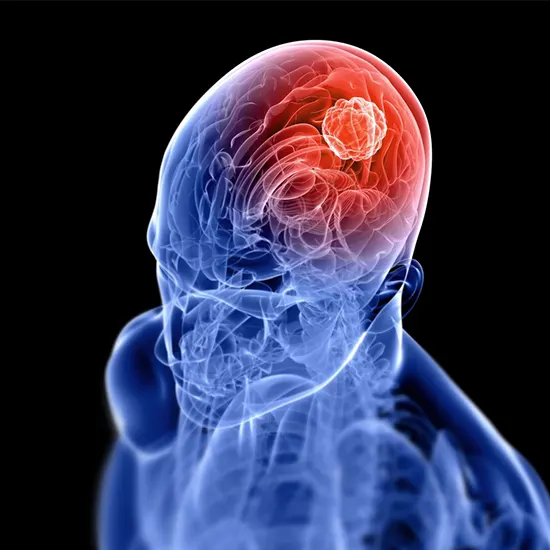
Glioma is a kind of brain tumour that originates in the glial cells, which are the supportive cells that encompass and guard the neurons in the brain. Gliomas can manifest in any section of the brain or spinal cord and can be...
Read more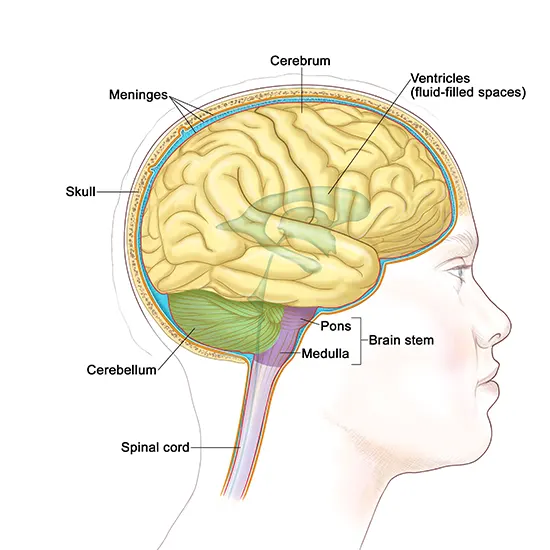
An uncommon, progressive form of brain tumour called a brain stem glioma develops in the brain stem, which regulates many of the most crucial bodily processes. Although these tumours can develop in both adults and children,...
Read more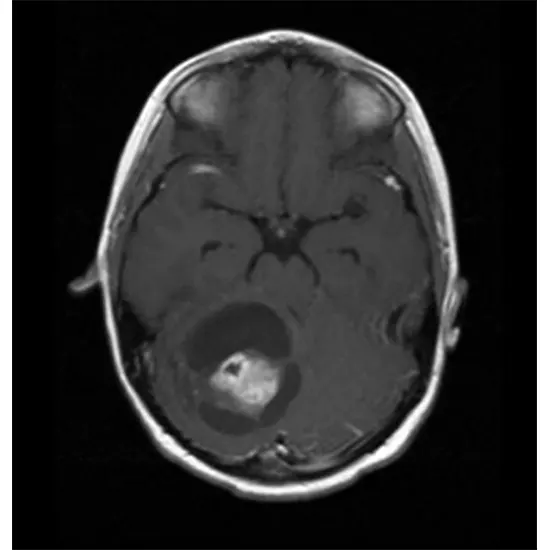
Neurons make up the electrical circuitry that powers brain activity, and astrocytes give neurons the support and structure they need to function properly. The brain is made up of a variety of different types of cells. The most...
Read more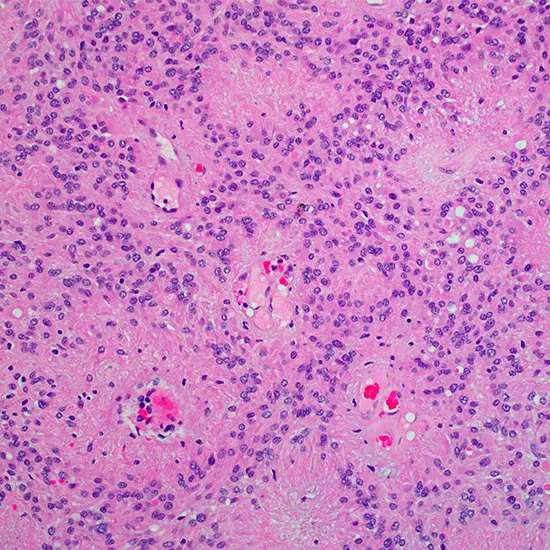
Glial cell tumours called ependymomas typically develop in the lining cells of the ventricular system, with less frequency occurring outside the central nervous system (CNS) or in the brain parenchyma. They are more common in...
Read more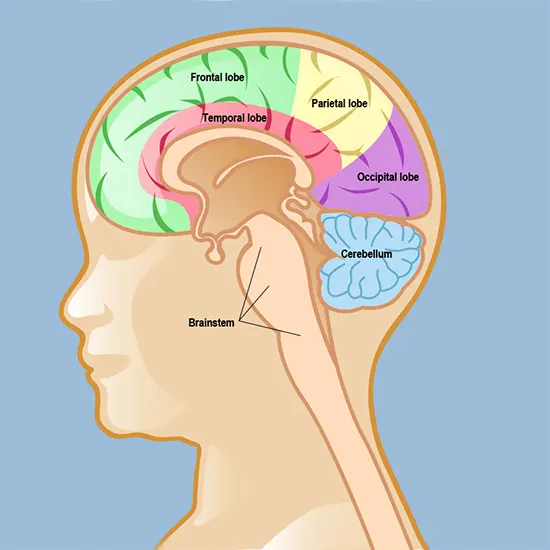
Astrocytoma form in astrocytes, a type of star-shaped glial cell in the cerebrum. This is the most common glioma and usually affects the brain and sometimes the spinal cord. Glial tumors account for 60% of brain tumors. They...
Read more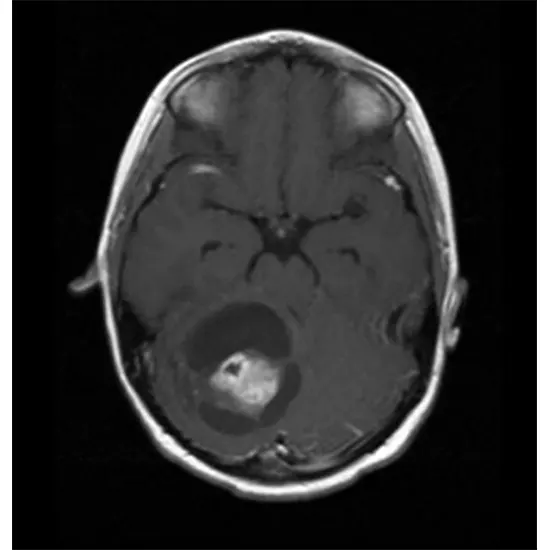
One kind of brain tumour is an astrocytoma. They begin in a specific subtype of glial cells, the astrocytes, which are star-shaped brain cells located in the cerebral cortex. Typically, this form of tumour does not affect...
Read more.webp)
The type of breast cancer that is present in milk-producing glands is known as Invasive Lobular Carcinoma (ILC). Unlike other types of breast cancer, ILC has a unique growth pattern, which makes it challenging to detect...
Read more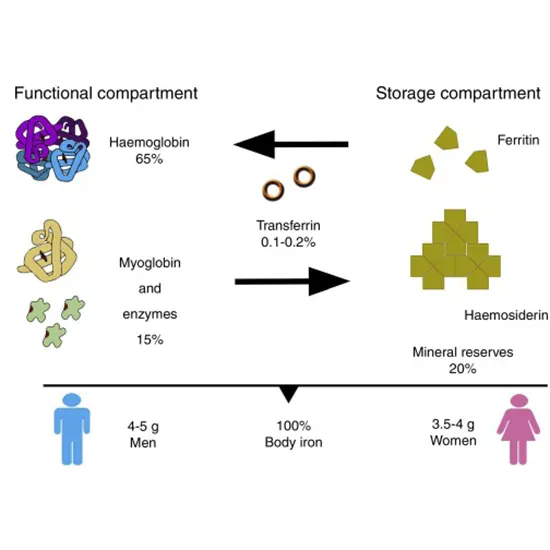
Iron deficiency anaemia is a kind of anaemia that happens when there is now not adequate iron in the physique to produce enough quantities of haemoglobin, which is the protein in crimson blood cells that consists of oxygen at...
Read more
BPH, also known as benign prostatic hyperplasia, is a disease in which men's prostate glands enlarge but are not cancerous. Additional phrases for benign prostatic hyperplasia comprise benign prostatic obstruction and...
Read more.webp)
Although bone cancer can develop in any bone in the body, it most frequently affects the pelvis or the long bones in the arms and legs. Bone cancers are exceedingly rare, accounting for less than 1% of all malignancies. Benign...
Read more
Vitamin B12 or B9 (commonly called folate) insufficiency weakness happens when a need for vitamin B12 or folate causes the body to create strangely expansive ruddy blood cells that can't work legitimately. Ruddy blood...
Read more
The term "carcinoid syndrome" refers to a collection of symptoms brought on by the systemic release of various humoral factors, primarily from well-differentiated neuroendocrine tumours, including polypeptides,...
Read more
Gastrointestinal and pancreatic neuroendocrine tumors (NETs) are a rare and complex group of tumors that are difficult to diagnose and treat. NETs arise from cells of the neuroendocrine system, are present throughout the body,...
Read more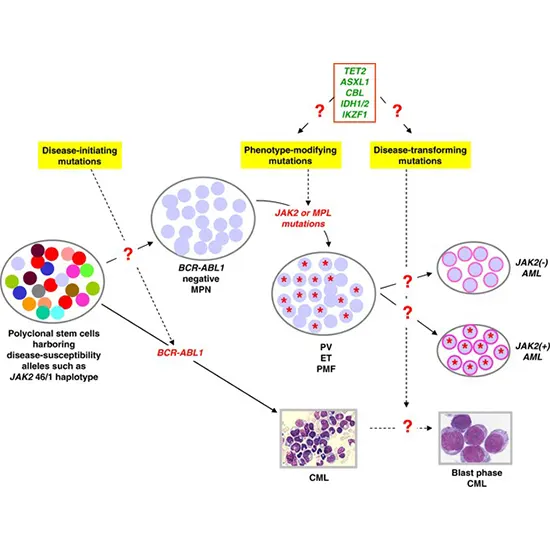
Polycythemia vera is a type of blood cancer that belongs to a group of conditions known as myeloproliferative neoplasms (MPNs). MPNs are a group of disorders characterised by the overproduction of one or more types of blood...
Read more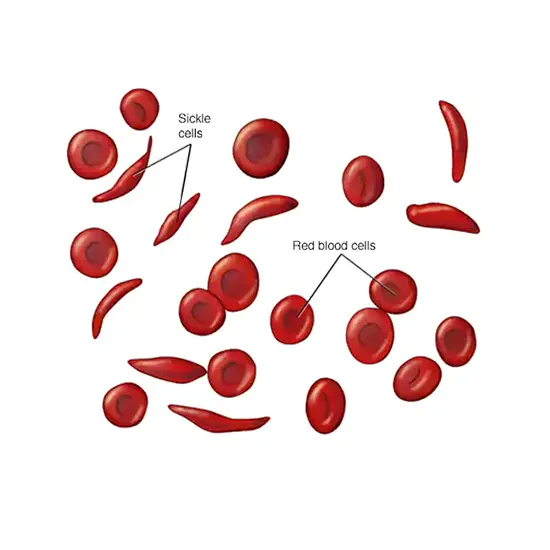
A sickle cell disease is a group of acquired red blood cell disorders that affect hemoglobin. More than 100,000 individuals in the United States and 20 million individuals globally are affected by this illness.
Read more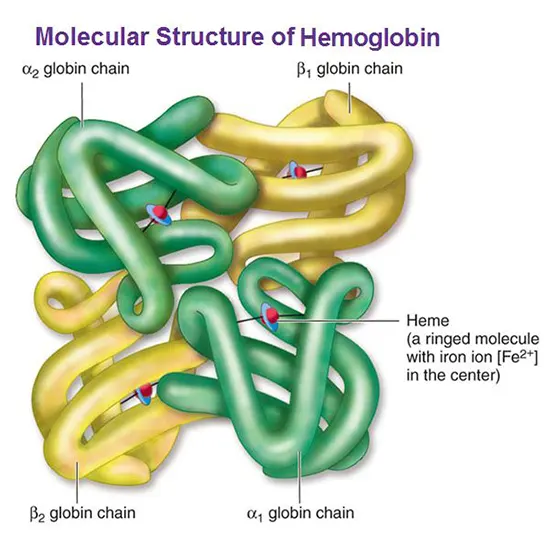
Unstable hemoglobins are a group of genetic disorders that affect the structure and function of hemoglobin, the protein responsible for carrying oxygen in the blood. Unlike normal hemoglobins, which have a stable structure,...
Read more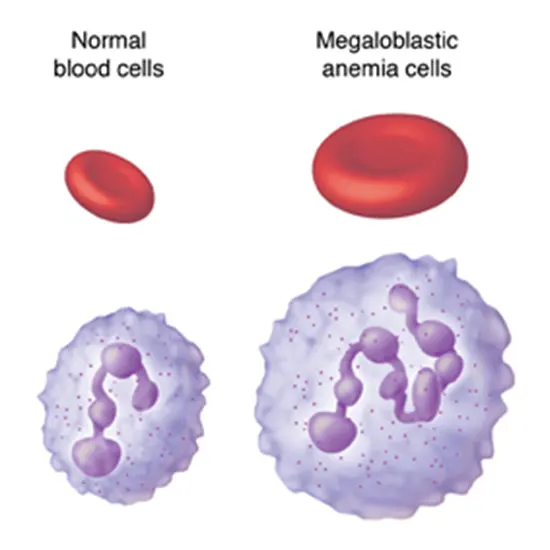
A condition in which the blood doesn't have sufficient sound ruddy blood cells. Frailty comes about from a need for ruddy blood cells or broken ruddy blood cells within the body. This leads to a diminished oxygen...
Read more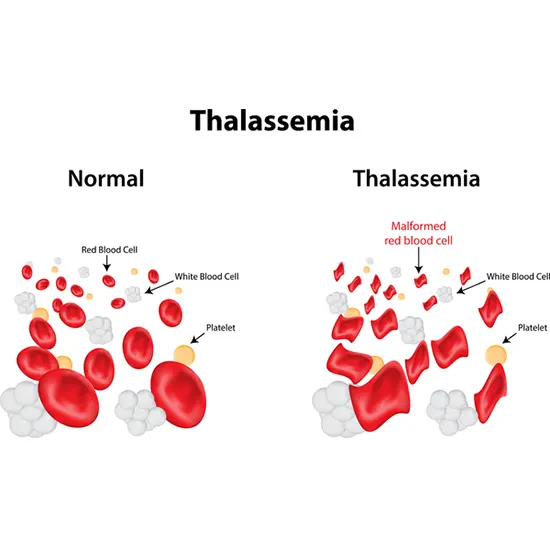
Red blood cells contain a protein namely Hemoglobin and it carries oxygen throughout the body. A disorder in which there is abnormal production of hemoglobin is referred to as Thalassemia syndrome. People who suffer from...
Read more
Osteomalacia is a disease that affects bones by softening and diminishing them. Although people of all ages can develop this disease, adults over 50 are more likely to do so.
Read more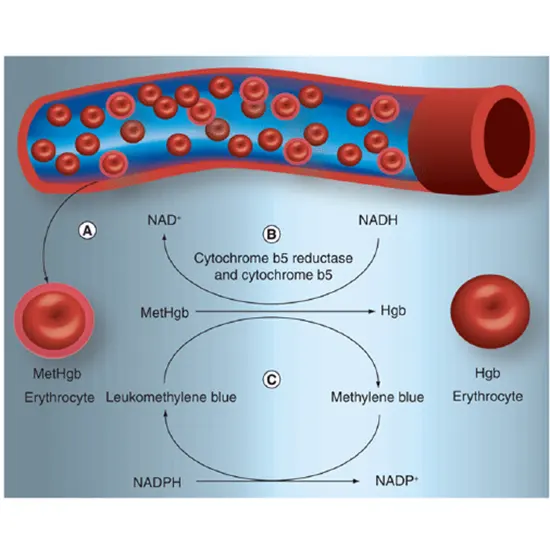
A form of protein in red blood cells called methemoglobin carries oxygen in the body. When there is a particular gain in the amount of this component in blood, there occurs a medical condition which is called...
Read more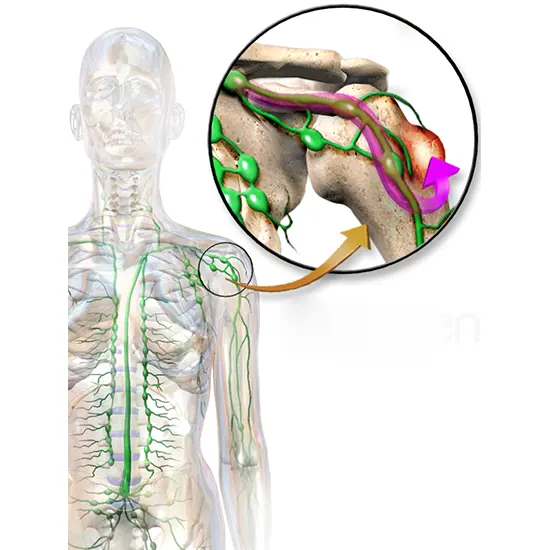
A patient's quality of life may be greatly impacted by metastatic bone tumors, a serious condition. When cancer cells migrate to the bones from their initial location, it happens. Serious bone pain, weakened bones, and...
Read more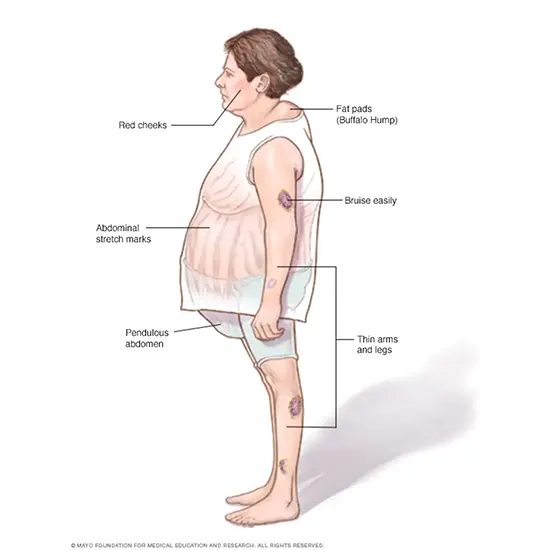
A rare but severe medical condition called Cushing's Syndrome is brought on by the body producing too much cortisol. Adrenal glands, which are set up on top of the kidneys, naturally generate the hormone cortisol. It helps...
Read more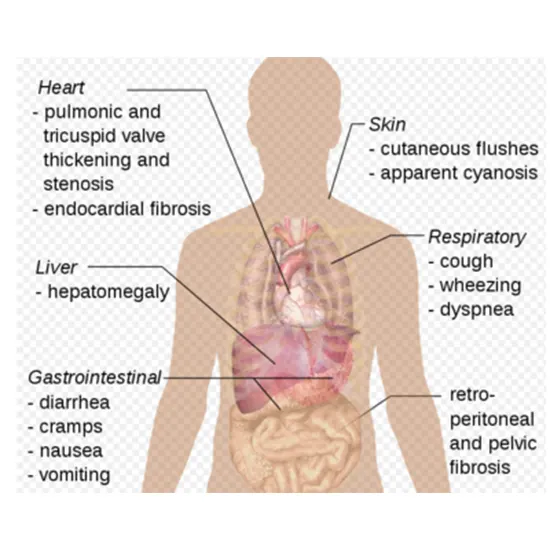
Rare conditions known as paraneoplastic neurological syndromes (PNS) are linked to cancer but are not brought on by the disease itself, metastasis, or side effects of treatment. Often, they are autoimmune. PNS frequently comes...
Read more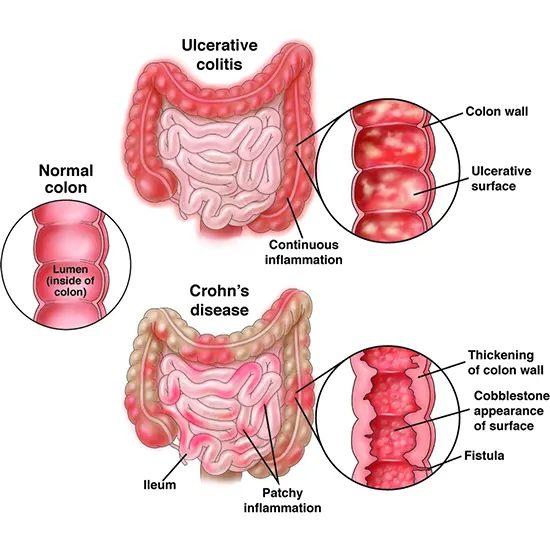
Recurrent episodes of inflammation characterized the condition known as "inflammatory bowel disease" (IBD). Produced by abnormal immunological reactions to the intestinal flora in the digestive system. Inflammatory...
Read more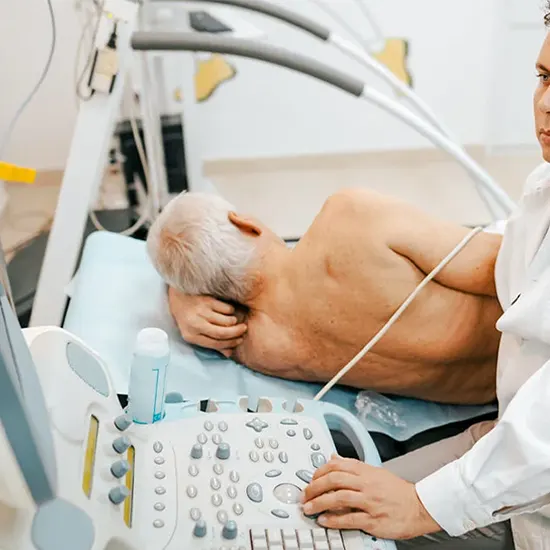
Men of all ages are susceptible to testicular cancer, a rare but possibly fatal condition. Young males between the ages of 15 and 35 are most likely to develop it. Fortunately, testicular cancer has a high chance of being...
Read more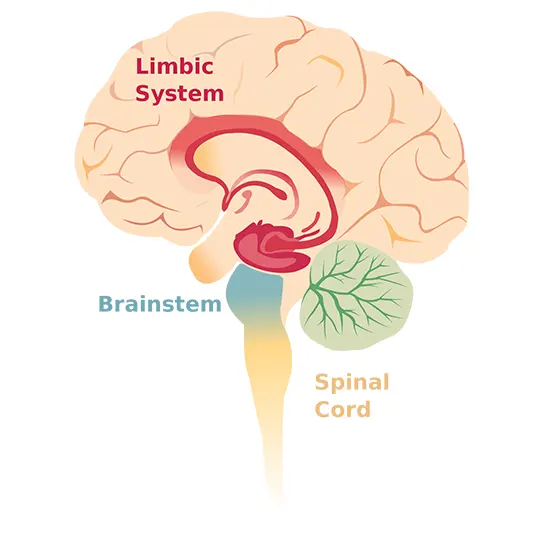
Taking control of your nervous system and Unraveling the mystery of a rare neurological disorder: Understanding neurological syndromes and Autoimmune encephalitis in detail.
Read more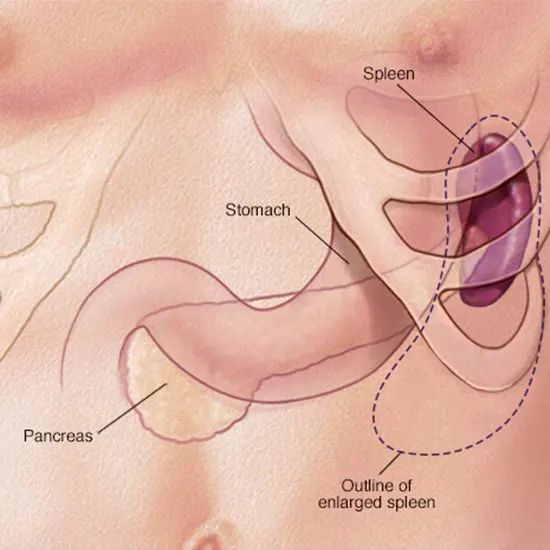
Splenomegaly is an extended spleen. This could cause stomach inconvenience, diminished blood stream and sifting, and frailty. It can indeed lead to a burst spleen, so taking safety measures and seeing a specialist is...
Read more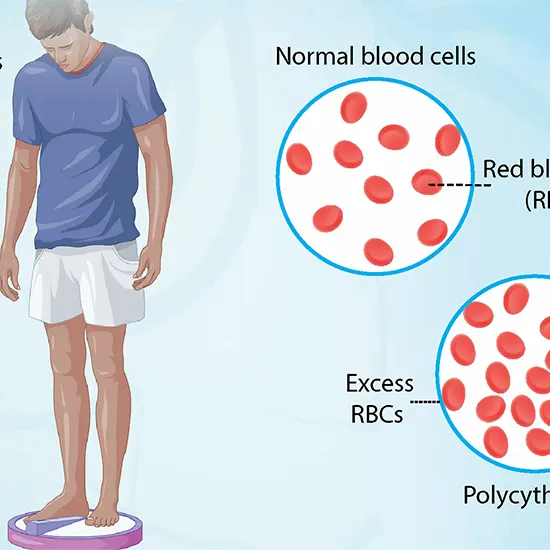
Polycythemia, or erythrocytosis, refers to an increase in the absolute red blood cell (RBC) mass in the body. In practice, this is reflected by an increase in haemoglobin levels, or hematocrits, over what...
Read more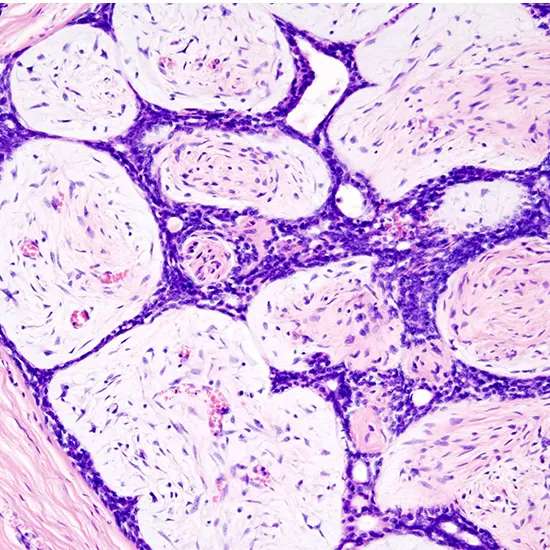
Fibroadenomas are generous breast tumors characterized by an admixture of stromal and epithelial tissue. Breasts are made of lobules (drain-creating organs) and conduits (tubes that carry the drain to the areola). These are...
Read more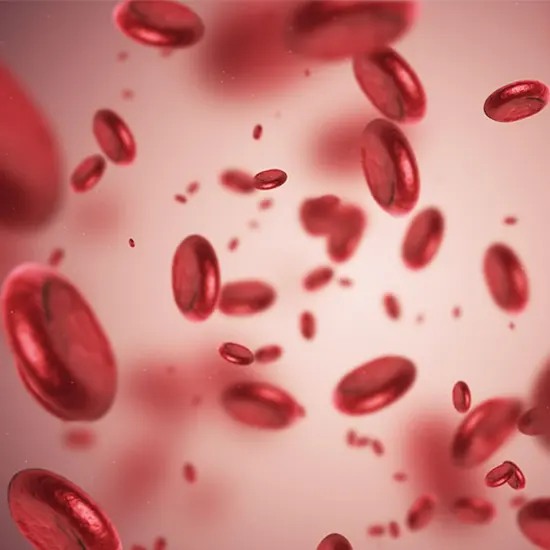
Anemia—a condition in which haemoglobin (Hb) concentration and/or red blood cell (RBC) numbers are lower than normal and insufficient to meet an individual’s physiological needs—affects roughly one-third of...
Read more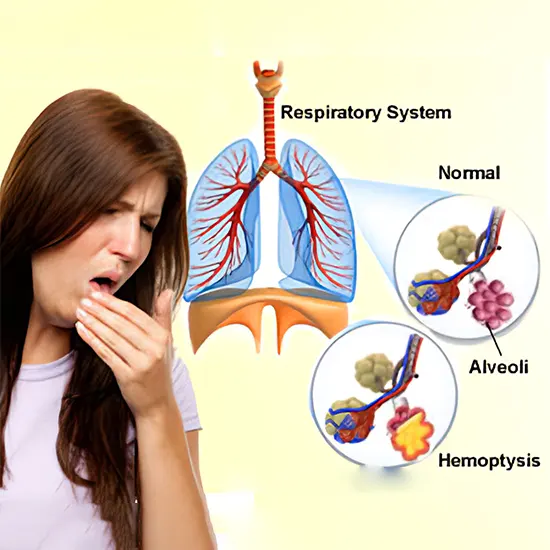
Hemoptysis is characterized by the vomiting of blood originating from the lungs or bronchi as a result of pulmonary hemorrhage or bronchial exsanguination.
Read more
Alcohol use disorders are patterns of alcohol use in which a person is unable to control their use of alcohol, becomes addicted to alcohol, or continues to use alcohol even when it causes them problems. This disorder includes...
Read more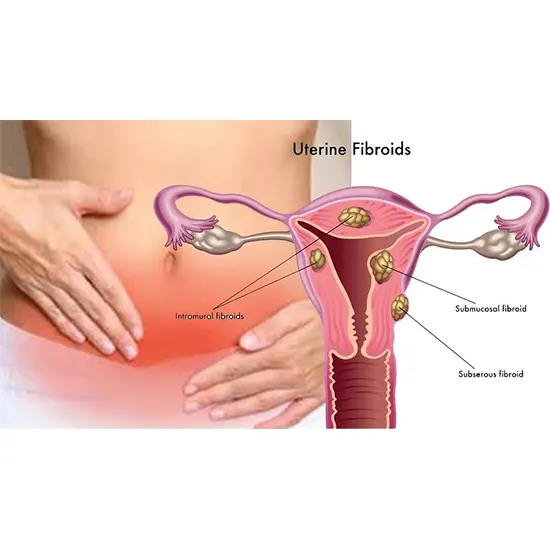
In the uterus, fibroids, which are benign growths, develop. They can also be referred to as myomas, leiomyomas, or uterine fibroids. Muscle and fibrous tissue make up fibroids, which can range in size from small growths the...
Read more
Aviation route hindrance, too known as outside body aviation route hindrance, happens when a little thing gets stuck in a child's throat or upper aviation route and makes it difficult for the child to breathe. Since of its...
Read more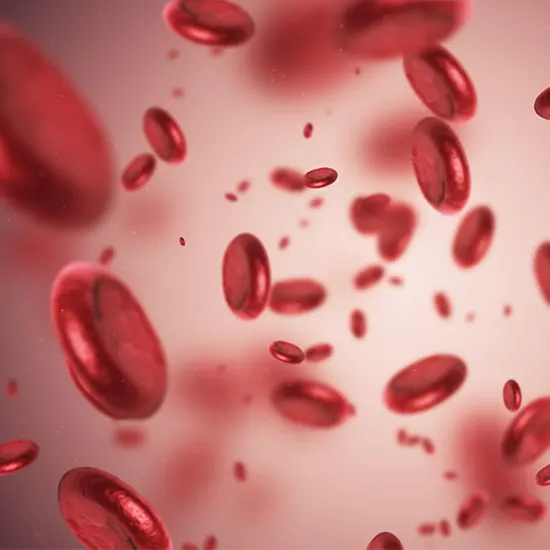
When the body doesn't make enough new blood cells, an uncommon and deadly medical disorder known as aplastic anaemia develops. Many symptoms, such as exhaustion, breathlessness, infections, and bleeding, may result from...
Read more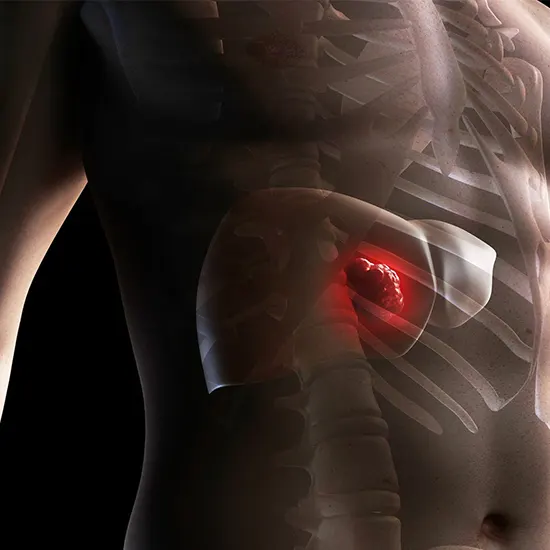
The word "metastasis" refers to the process by which cancer cells spread from their primary site to other regions of the body. It is a multi-step process that includes several stages, such as the separation of cancer...
Read more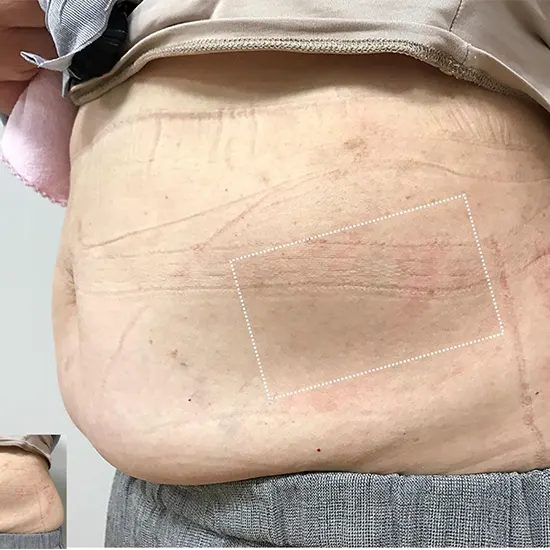
When your stomach region is larger than usual, you have an enlarged abdomen. A distended abdomen or swollen gut are other names for this condition. Uncomfortable or even painful, an enlarged belly is common. Numerous factors...
Read more
Eczema is a skin disease that results in red, dry, and itchy skin patches. Although it can appear anywhere on the body, the face, hands, feet, and folds of the skin are where it is most frequently located. Eczema...
Read more
Ascites may be a build-up of fluid in your abdomen. It often occurs as a result of cirrhosis, a disease. ask your healthcare provider if you've got cirrhosis and see you’re gaining weight very quickly. Your provider...
Read more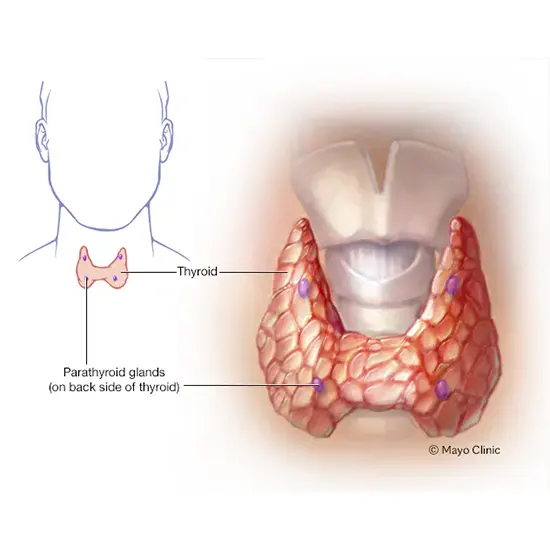
Primary hyperparathyroidism, an ailment in which the parathyroid glands yield too much parathyroid hormone (PTH), is the most common cause of hypercalcemia. This condition affects approximately 1 in 500 people, with a majority...
Read more
The anatomical landmark that separates the upper and lower hemorrhages is the ligament of Treitz, also known as the duodenal suspension. This peritoneal structure keeps the duodenojejunal bend away from the retroperitoneum....
Read more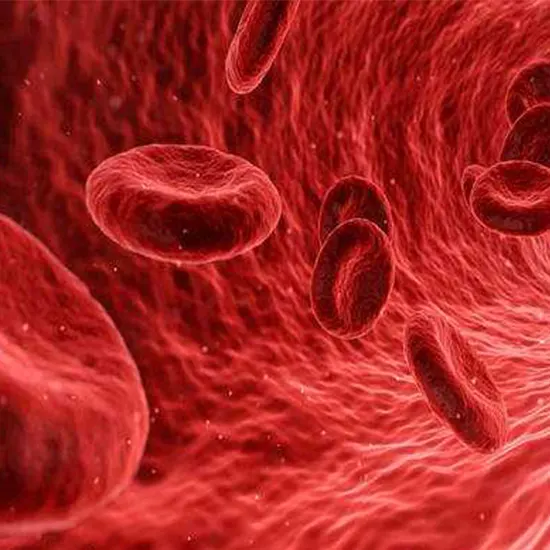
A state of a low extracellular fluid volume known as hypovolemia is typically caused by coupled salt and water loss. To maintain homeostasis, all living things must keep their fluid balances in check. With about 50% to 60% of...
Read more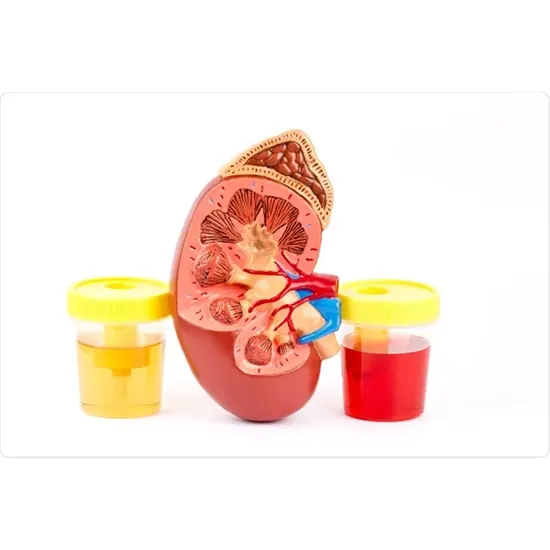
Hematuria is the medical term for blood in your urine. A few distinctive conditions and illnesses can cause hematuria. These incorporate contaminations, kidney illness, cancer, and uncommon blood disarranged. The blood may...
Read more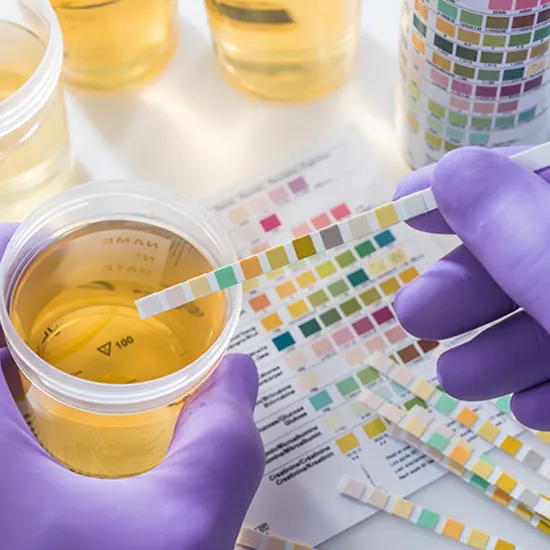
Proteinuria is a medical condition characterized by the existence of an abnormally elevated quantity of protein in the urine. In a normal State, the kidneys remove extra waste products and water from the bloodstream but retain...
Read more
Balance, gait, and the act of walking all involve complex motions. They depend on the body's various systems, including the following, working properly:
Read more
Hypoxia is a condition in which the body's tissues do not have access to enough oxygen to maintain healthy homeostasis. Insufficient blood flow to the tissues is the main reason. Acute, chronic, or acute and chronic...
Read more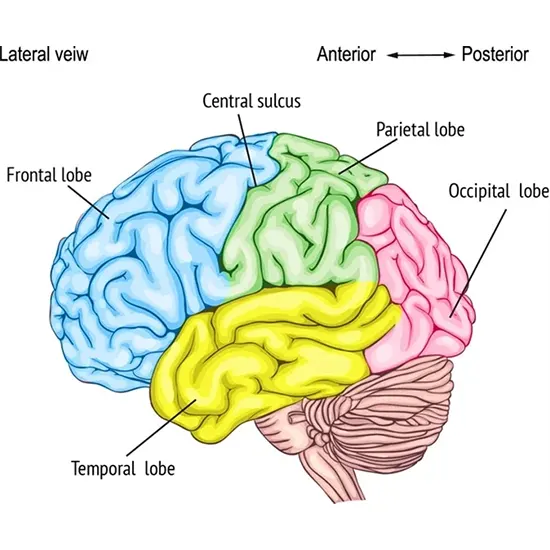
One of the four main lobes of the human brain is the frontal lobe which is situated at the front of the cerebral cortex. It plays a crucial role in many higher-order cognitive functions, such as attention, decision-making,...
Read more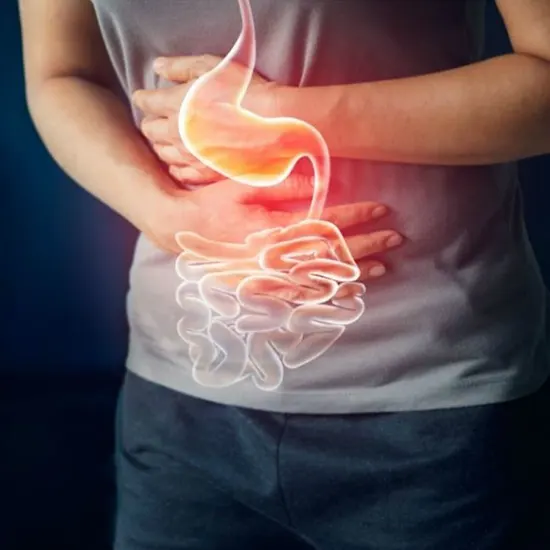
Constipation is a prevalent digestive issue that millions of people experience globally. While making lifestyle adjustments and using natural remedies can frequently reduce the symptoms of constipation, some individuals may...
Read more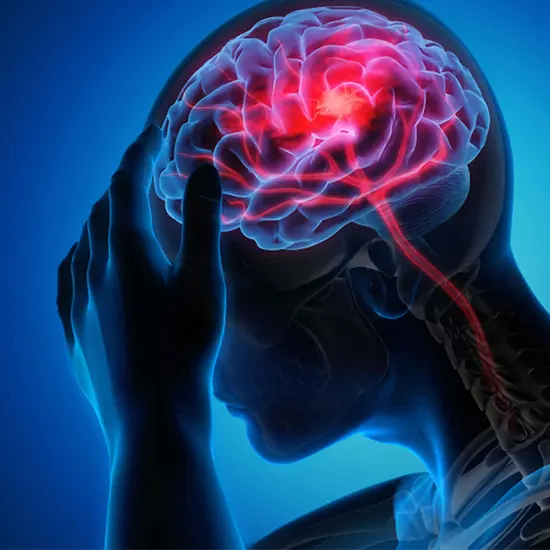
Hemispatial neglect, also known as unilateral neglect, is a neurological condition that commonly occurs after damage to one hemisphere of the brain, usually the right side. This condition affects a person's ability to...
Read more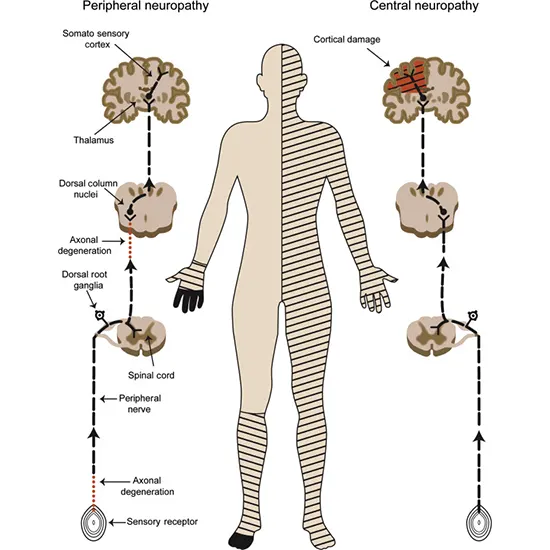
A portion of the body can become completely or partially senseless. Often, tingling or burning is present along with sensory loss or paralysis. This sensation can make it difficult to identify specific body parts and includes...
Read more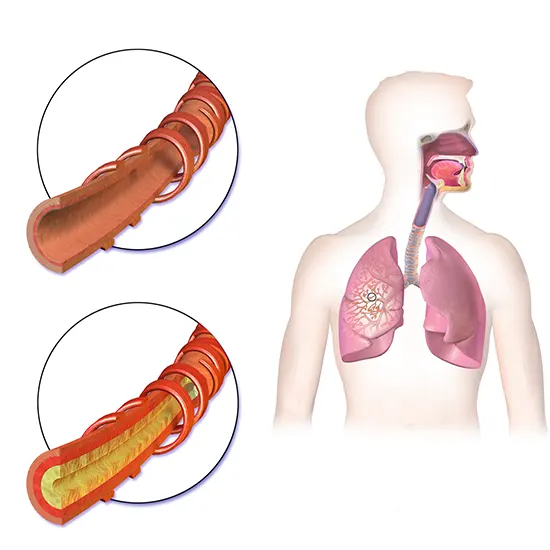
The coughing up of blood or blood-stained mucus from the lungs, bronchi, larynx, or trachea is known as hemoptysis
Read more
Delirium is a form of confusion that develops when your brain function is disrupted by several illnesses, environmental factors, or other risk factors. Adults over 65 are more likely to have it. Due to treatment delays, this...
Read more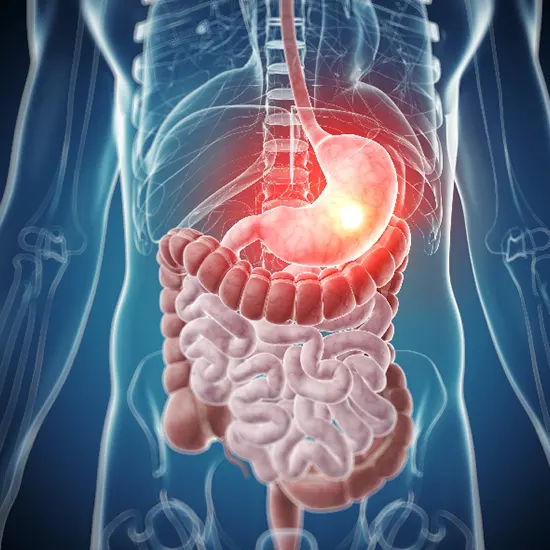
The belly and retroperitoneum are both susceptible to abscesses. They mostly happen following operations, injuries, or illnesses that cause irritation and infection in the abdomen, especially when peritonitis or perforation...
Read more
The majority of arthritis types result in joint discomfort and swelling. Joints are the places or areas where two bones meet for example our elbows and knees .Infectious Arthritis also known as septic arthritis is generally...
Read more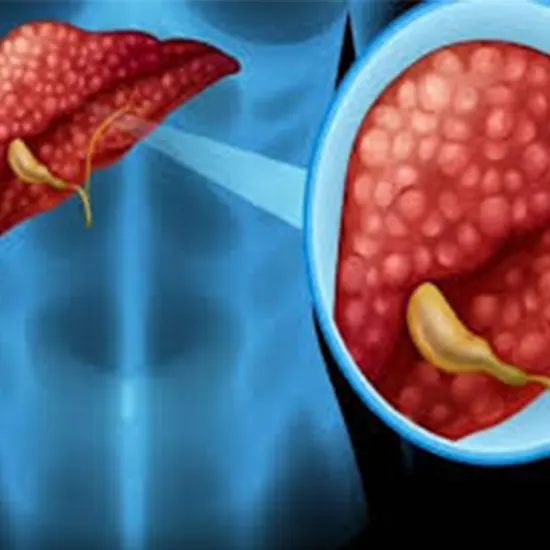
Pus-filled swelling inside the liver is known as a liver abscess. Due to hemogenous spread through the portal vein, common reasons include abdominal conditions like appendicitis or diverticulitis. Additionally, liver damage...
Read more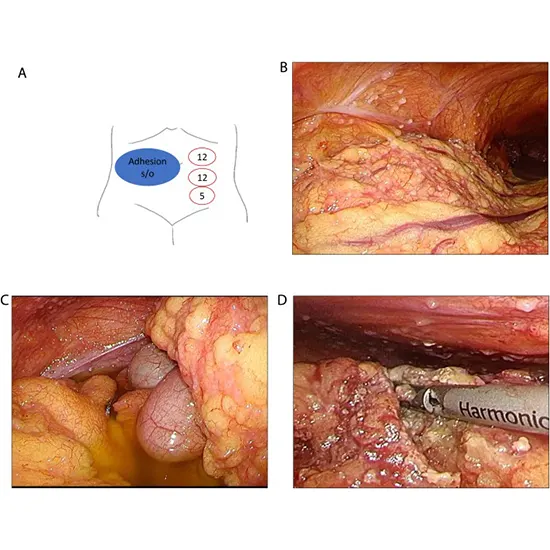
In the past, less than 0.5% of patients admitted to US tuberculosis hospitals developed peritonitis, making it a rare form of the disease. The rarity of tuberculous peritonitis in North America today is illustrated by these...
Read more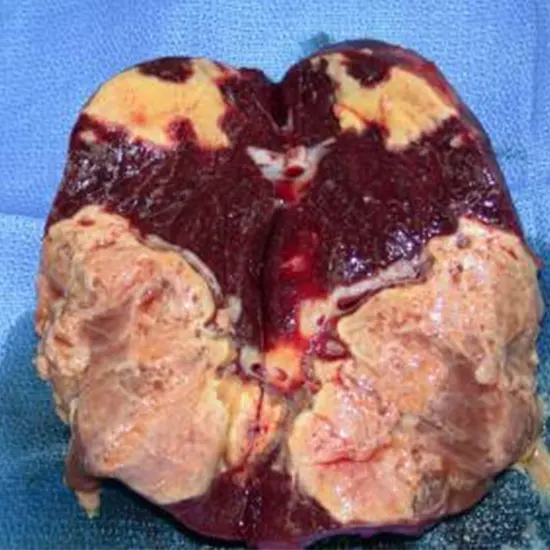
Splenic abscess is a rare but serious medical condition that occurs when pus-filled pockets develop in the spleen. The spleen is an organ located in the upper left side of the abdomen that plays a vital role in the immune...
Read more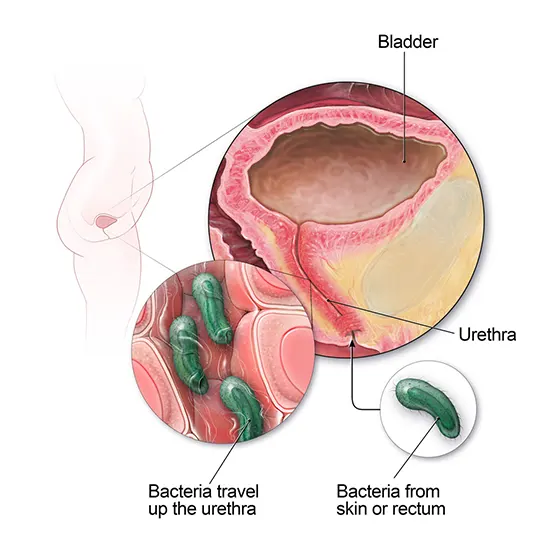
It is one of the most common bacterial infections that can impact the kidneys, ureters, bladder, and urethra, among other parts of the urinary tract. About 50% of all females will experience at least one UTI in their lifetime,...
Read more
The most prevalent age range for epididymitis in young males is 19 to 35. Most frequently, the spread of a bacterial infection is to blame. Infection frequently starts in the bladder, prostate, or urethra. Young heterosexual...
Read more.webp)
We all have heard about the inflammation of different body parts and organs, similarly when there is inflammation of the bone ( including all the parts of the bone that are – periosteum, cortical, cancellous and the bone...
Read more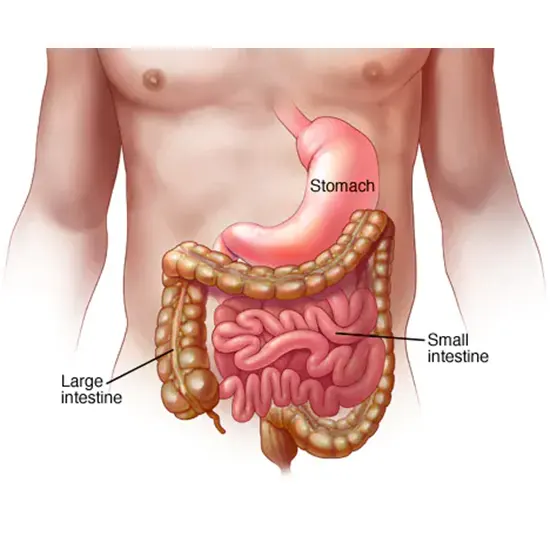
Gastroenteritis is very common. In the UK, around one in four people each year will have a gastroenteritis infection. Gastroenteritis is an contamination of your belly or bowels. You may also hear it referred to as a tummy...
Read more
Head injury also known as head trauma or traumatic brain Injury is one of the most common type of medical emergency observed these days . Speaking Medically head injury is any trauma to scalp , skull , and brain...
Read more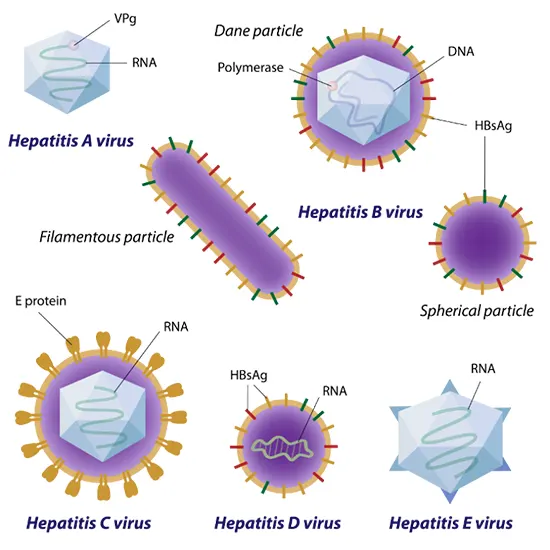
Hepatitis-related deaths accounted for 7134 deaths globally in 2016 (or 0.5% of viral hepatitis mortality), according to WHO estimates. Also, it has the potential to spread from person to person, devastating communities for...
Read more
Measurements or examinations of blood cells, chemicals, proteins, or other substances are carried out using blood testing.
Read more.webp)
Tuberculosis (TB) is caused by a bacterium called Mycobacterium tuberculosis. The bacteria usually attack the lungs, but TB bacteria can attack any part of the body such as the kidney, spine, and brain. Not everyone infected...
Read more
Blood tests are the most common diagnostic procedure performed as part of a routine health check-up or to discover the presence of a virus or bacteria that is giving the patient distress.
Read more